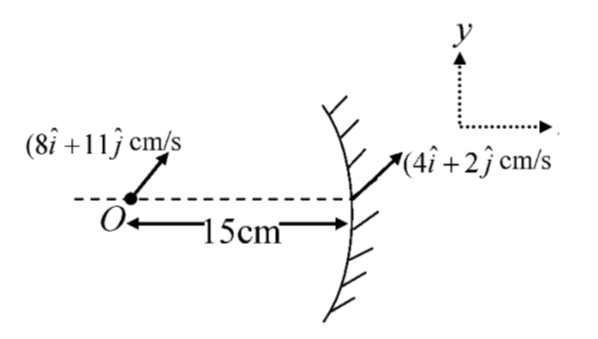B. More than one option is correct from DC PANDEY ENGLISH RAY OPTICS for Class 11
| Class 11 | PHYSICS |
| Chapter | RAY OPTICS |
| DC PANDEY ENGLISH | B. More than one option is correct |
| Medium | English |
| Academic Year | 2023-2024 |
Question 3
A point object is kept between a plane mirror and a concave mirror facing each other. The distance between the mirrors is 22.5 cm . The distance between the mirrors is 20 cm. what should be the distance of the object from the concave mirror so that after two successive reflections the final image is formed on the object itself ? (consider first reflection from concave mirror).View SolutionQuestion 9
A ray of monochromatic light is incident on one refracting face of a prism of angle 75∘. It passes thorugh the prism and is incident on the other face at the critical angle. If the refractive index of the material of the prism is √2, the angle of incidence on the first face of the prism is View SolutionQuestion 21
A ray of light is incident at an angle α on the boundary separating two transparant media. It transmited in other medium. If the angle incidence is increased very slightly, the ray gets reflected in the same medium. The different between angles of deviation in the two cases will close to View SolutionQuestion 49
As shown, a narrow beam of light is incident onto a semi-circular glass cylinder of radius R. Light can exit the cylinder when the beam is at the centre. When the beam is moved parallel to a maximum distance d from the central line, no light can exit the cylinder from its lower surface. Find the refractive index of the glass.
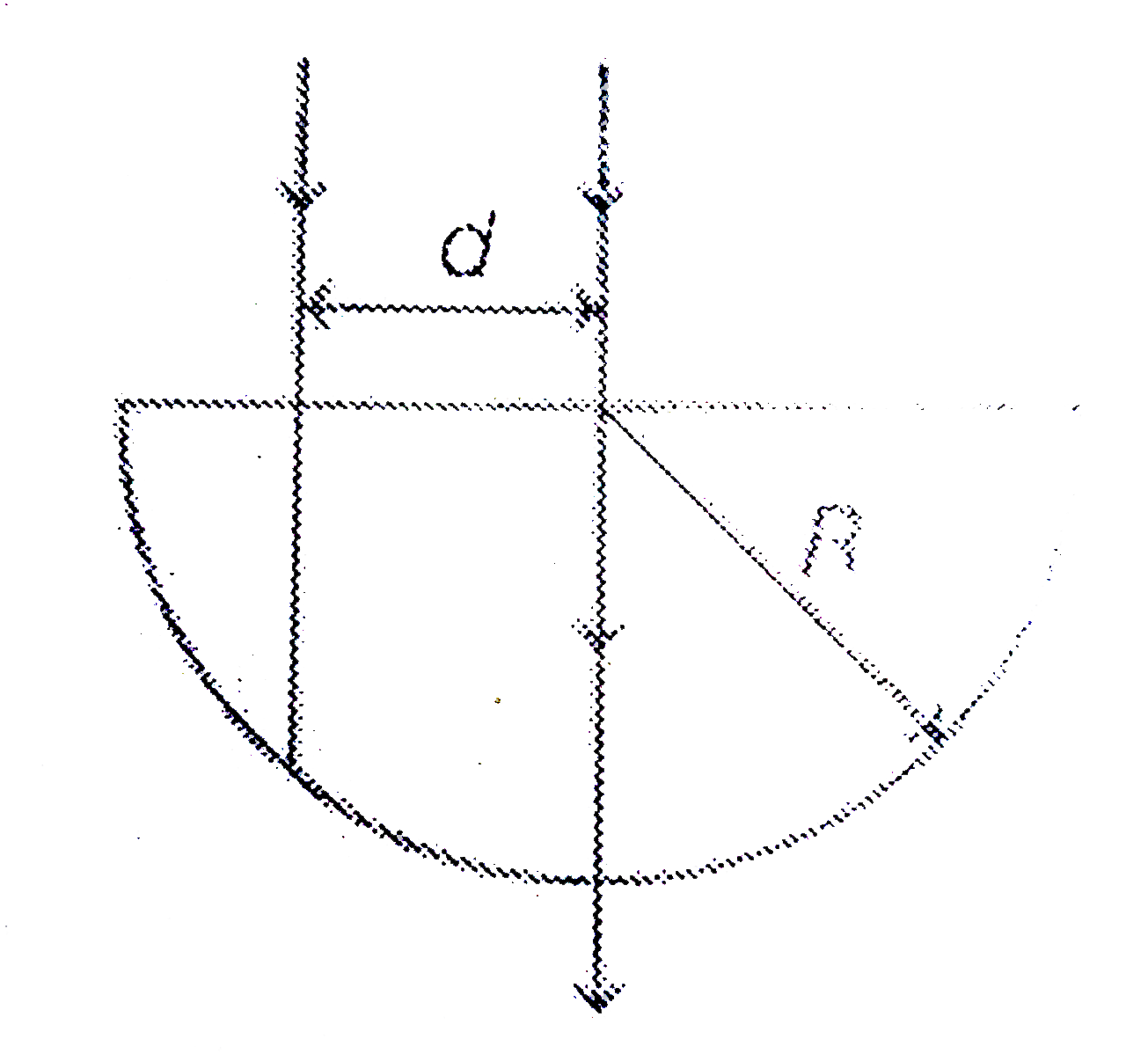 View Solution
View SolutionQuestion 61
Light is incident normally on face AB of a prism as shown in Figure. A liquid of refractive index μ is placed on face AC of the prism. The prism is made of glass of refractive indes 3/2 . Find the limits of μ for which total internal reflection takes place on the face AC.
(A)μ>√32 (B)3√34>μ (C)μ>√3 (D)μ<√32 View Solution
View SolutionQuestion 75
A real image of a point object O was formed by an equi-convex lens of focal length f and the magnification was found to be unity. Now the lens is cut into two symmetrical pieces as shown by the dotted line and the right part is removed. The position of the image formed by the remaining part is at
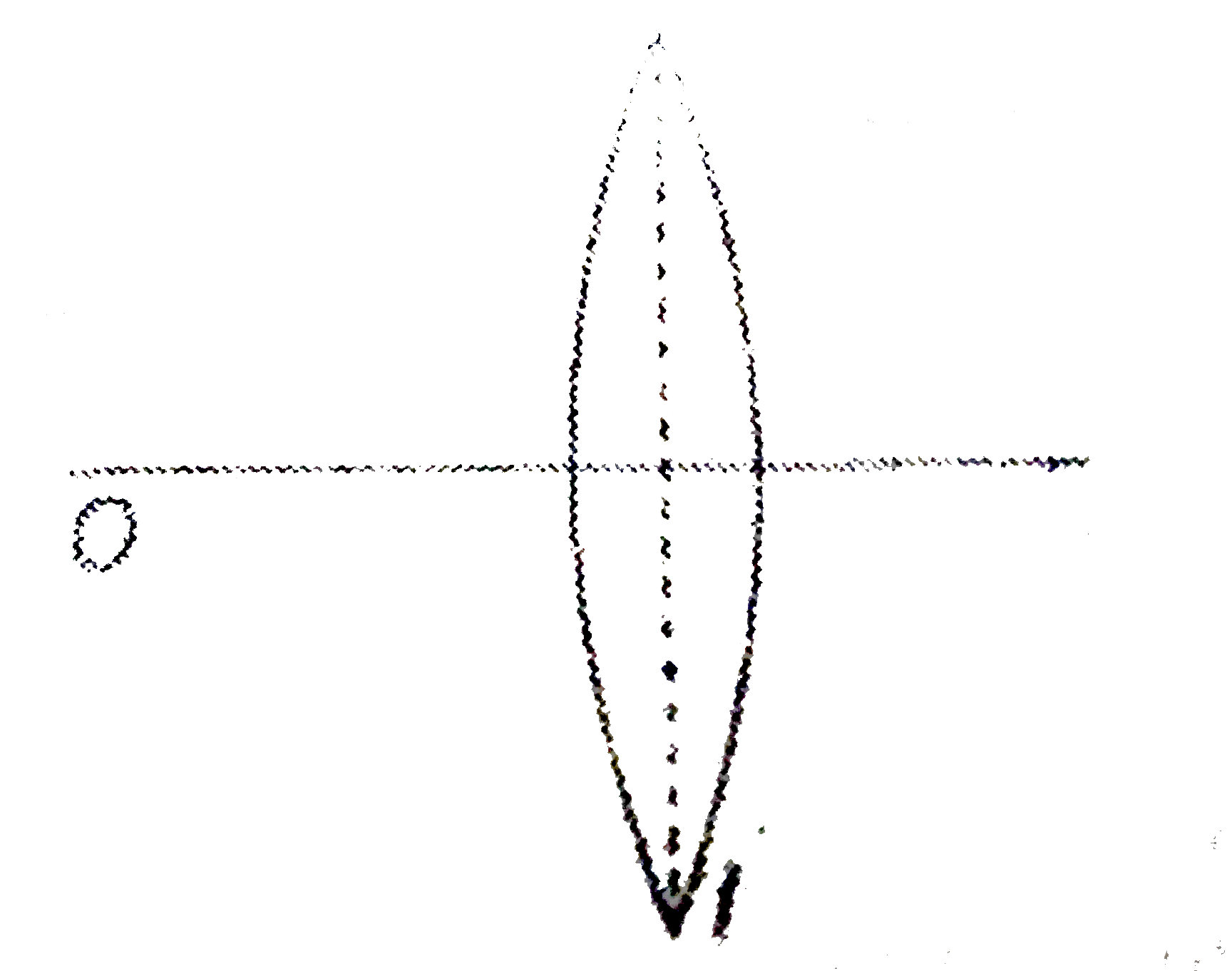 View Solution
View SolutionQuestion 77
A plastic hemisphere has a radius of curvature of 8 cm and an index of refraction of 1.6. ON the axis halfway between the plane surface and the spherical one (4 cm from each) is a small object O. The distance between the two images when viewed along the axis from the two sides of the hemisphere is approximately
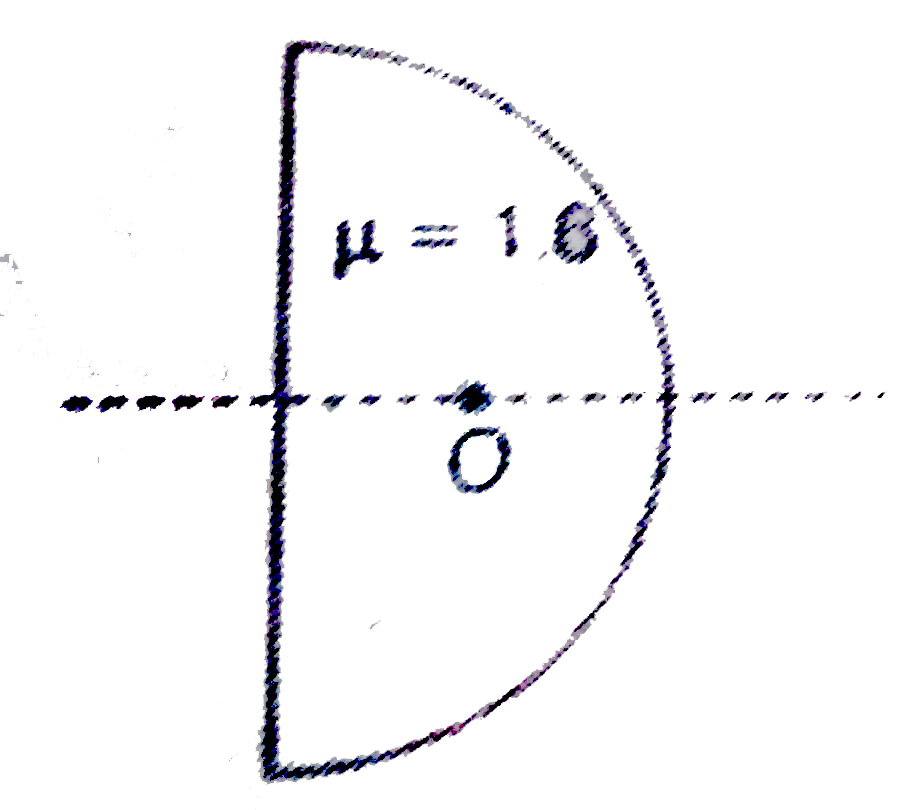 View Solution
View SolutionQuestion 79
Consider the situation shown in figure. Water (μw=43) is filled in a breaker upto a height of 10 cm. A plane mirror is fixed at a height of 5 cm from the surface of water. Distance of image from the mirror after reflection from it if an object O at the bottom of the beaker is
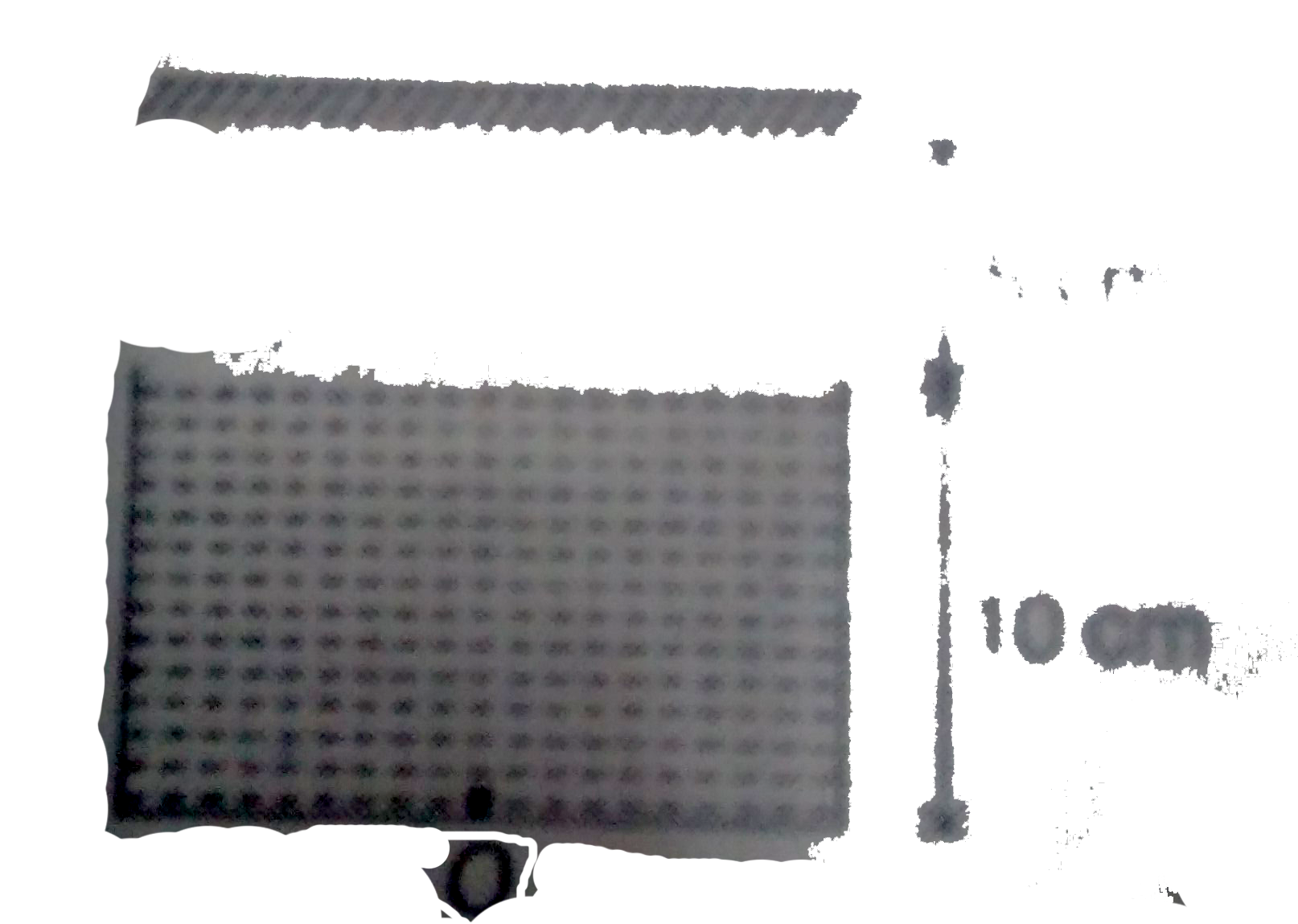 View Solution
View SolutionQuestion 82
A plano convex lens fits exactly into a plano concave lens. Their plane surfaces are parallel to each other. If the lenses are made of different materials refractive indices μ1 and μ2 and R is the radius curvature of the curved surface of the lenses, the focal length of the combination is View SolutionQuestion 84
A plano convex glass lens (μg=3/2) of radius curvature R=10cm is placed at a distance of b from a concave lens of focal length 20 cm. what should the distance 'a' of a point object O from the plat convex lens so that the position of final image always at same distance from concave lens
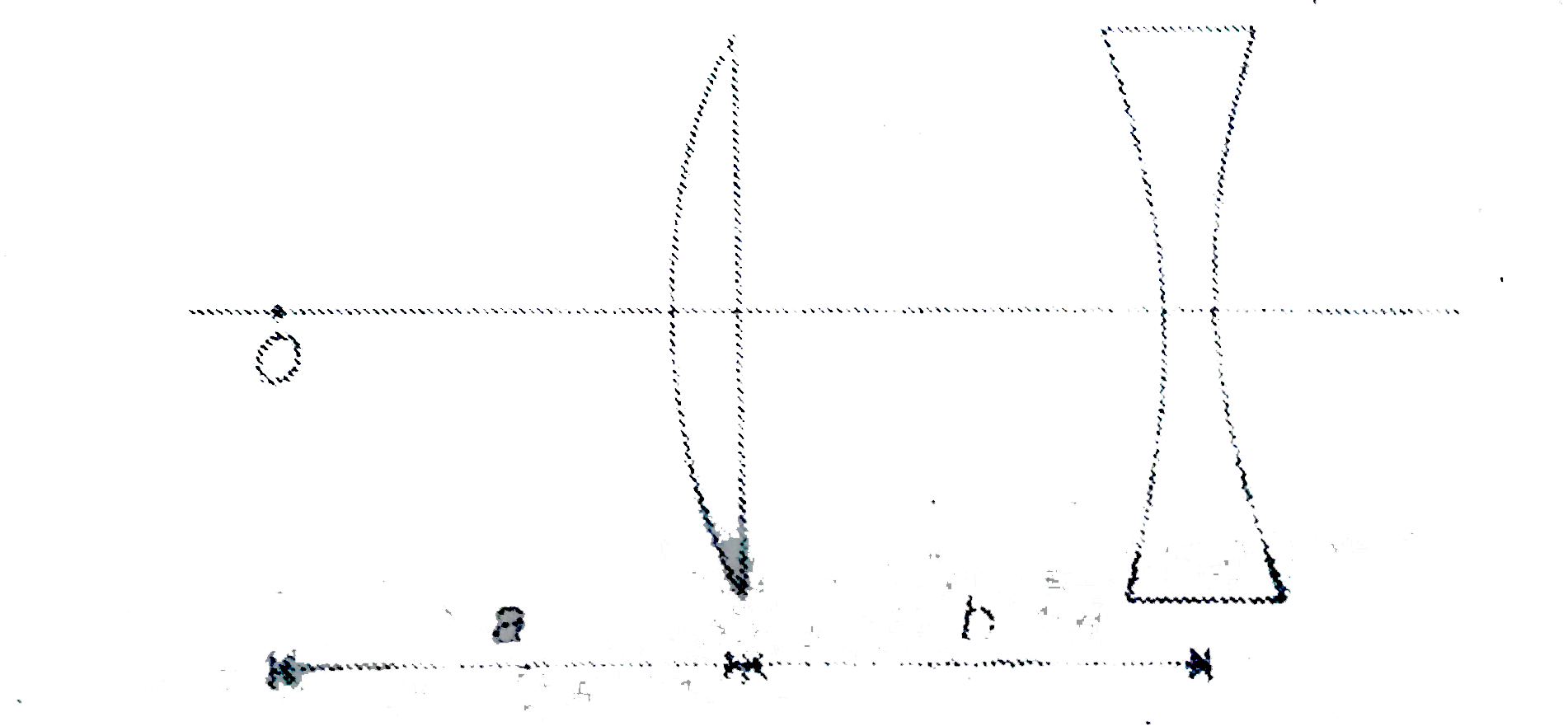 View Solution
View SolutionQuestion 86
A point object is placed on the optic axis of a convex lens of focal length f at a distance of 2f to the left it. The diameter of the lens d. An eye is placed are distance of 3f to the right of the lens and a distance below the optic axis. The maximum value of h to the image is View SolutionQuestion 88
Two thin symmetrical lenses of different nature and of different material have equal radii of curvature R=15cm. The lenses are put close together and immersed in water (μw=43). The focal length of the system in water is 30 cm. The difference between refractive indices of the two lenses is View SolutionQuestion 94
A point source S is placed at a height h from the bottom of a vessel of height H(<h). The vessel is polished at the base. Water is polished at the base. Water is gradually filled in the vessel at a constant rate αm3/s. The distance d of image of the source after reflection from mirror from the bottom of the vessel varies with time t as
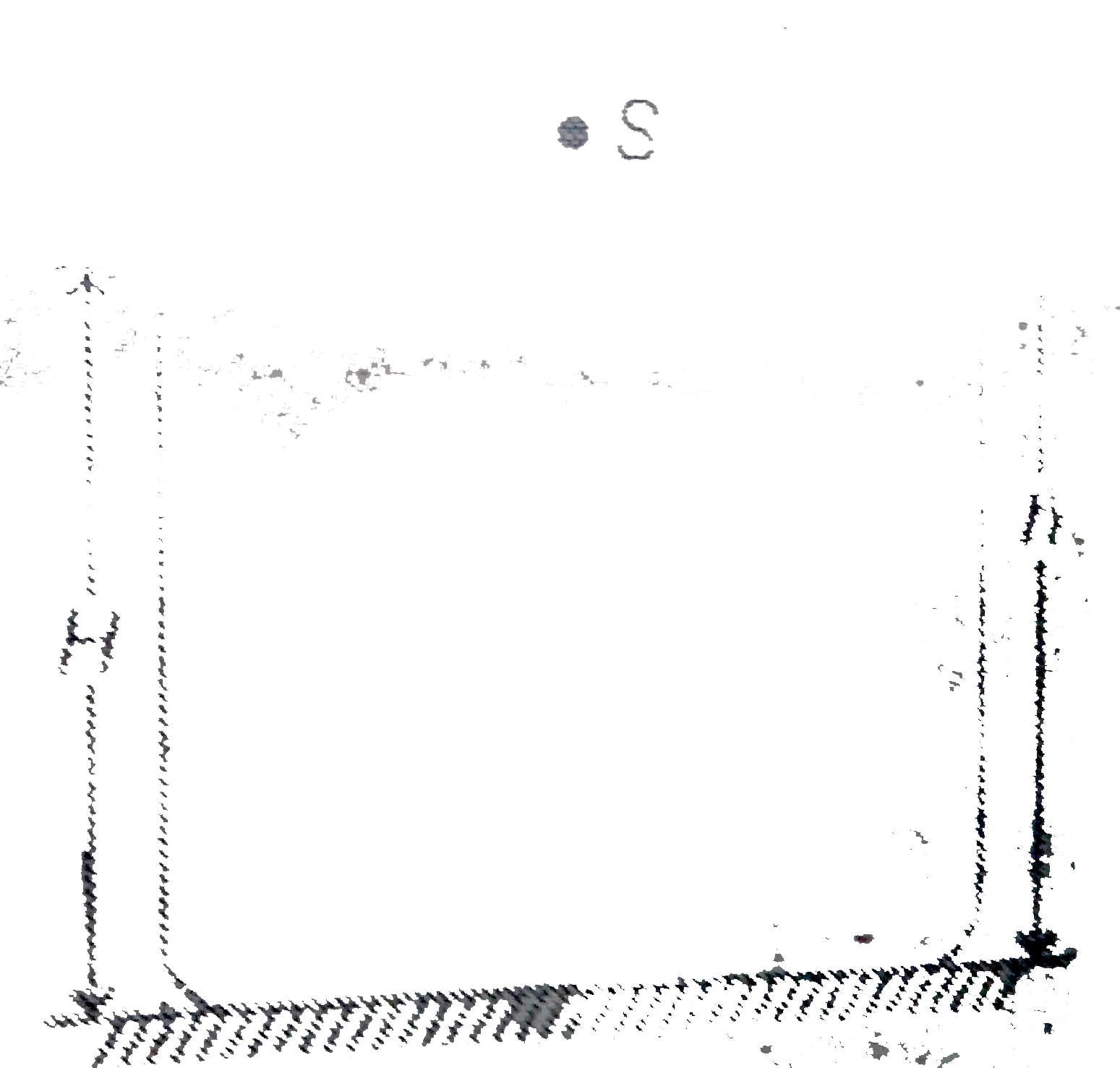 View Solution
View SolutionQuestion 97
A bi-convex lens is cut from the middle as shown in figure. Refractive index of material of lens is 32. Now lens-1 (as shown in figure) is immersed in a liquid of refractive index μ0. By doing so it is observed that its focal length becomes equal to lens-2. What is the value of μ0 ?
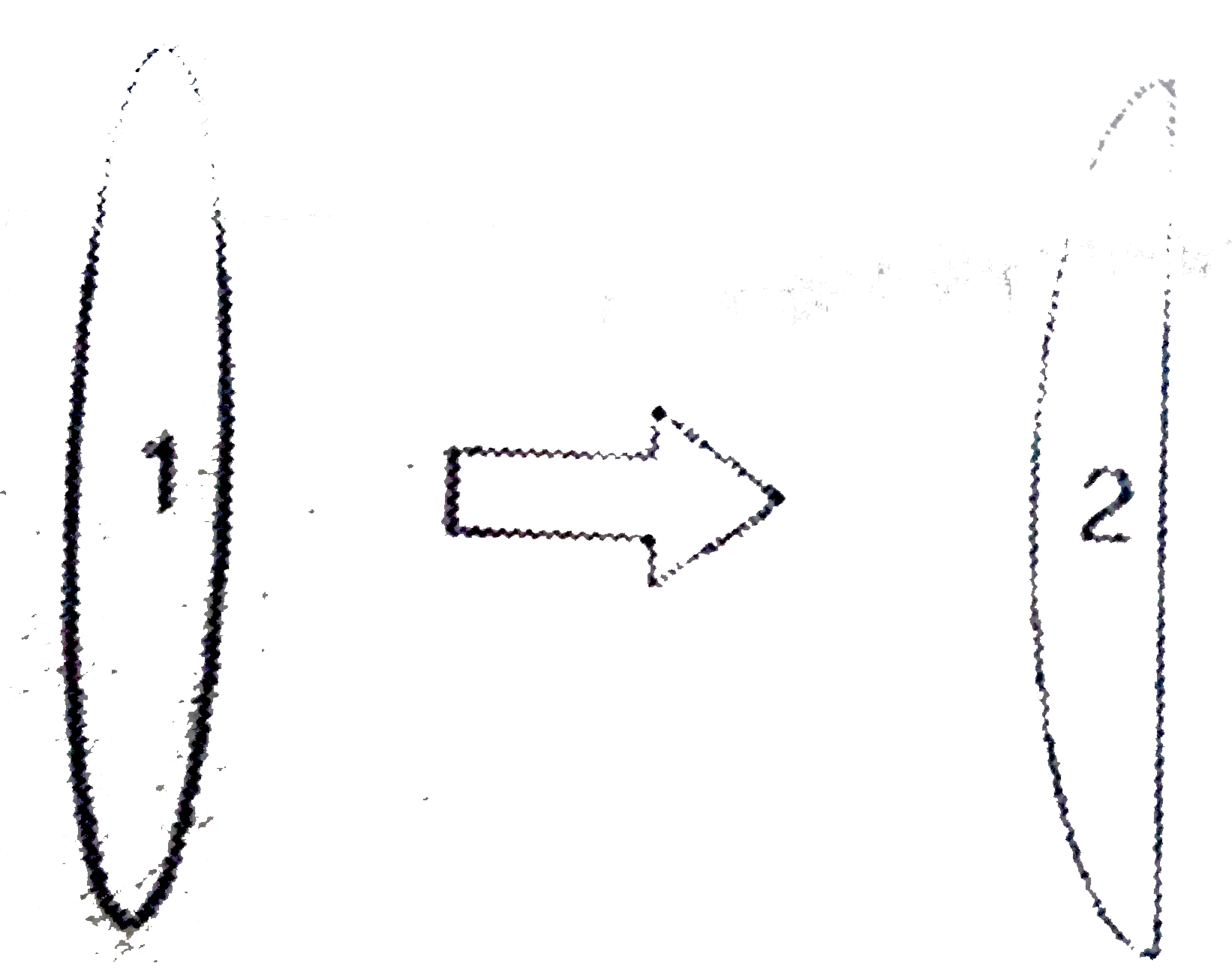 View Solution
View SolutionQuestion 100
Liquid is filled vessel of height 2H3. At the bottom of the vessel there is a spot P and a hole from which liquid is coming out. Let d be the distance of image of P from an eye at height H from bottom at an instant when level of liquid in vessel is x. If we plot a graph between d and x it be like
 View Solution
View SolutionQuestion 108
A light ray I is incident on a plane mirror M.The mirror is rotated in the direction as shown in the figure by an arrow at frequency 9πrev/sec,The light reflected by the mirror is received on the wall W at a distance 10mfrom the axis of rotation .When the angle of incidence becomes 37∘find the speed of the spot (a point) on the wall?
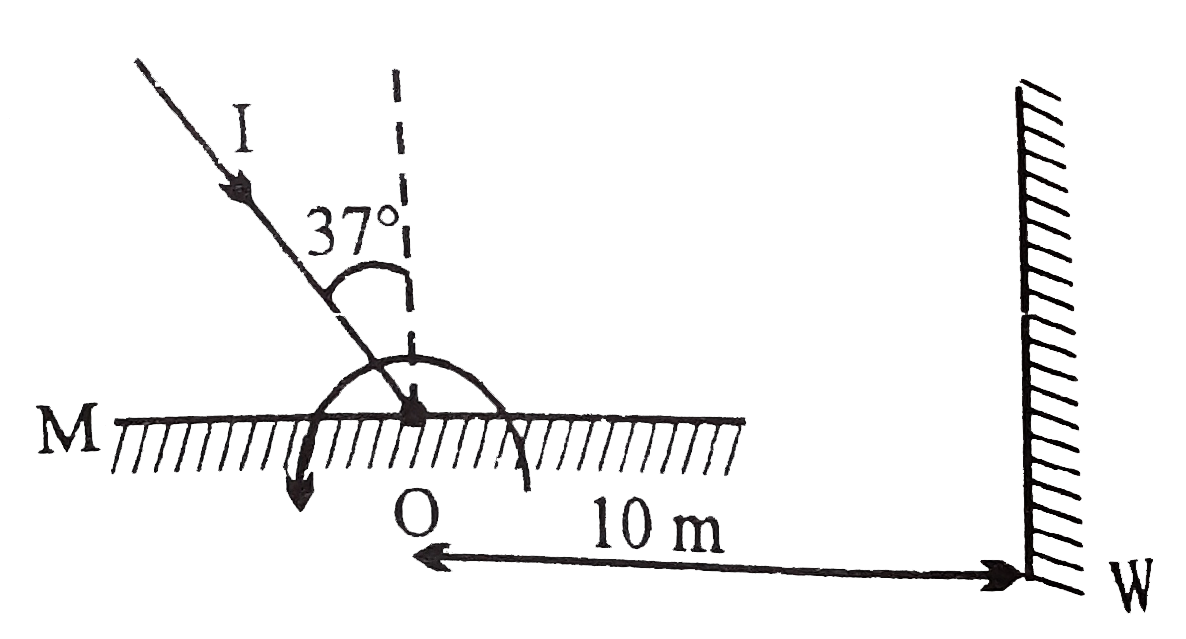 View Solution
View SolutionQuestion 114
A converging lens of focal length 20cmand diameter5cmis cut along the lineAB.The part of the lens shown shaded in the diagram is now used to form an image of a point Pplaced 30cmaway from it on the lineXY.Which id perpendicualr to the plane of the lens.The image ofPwill be formed.
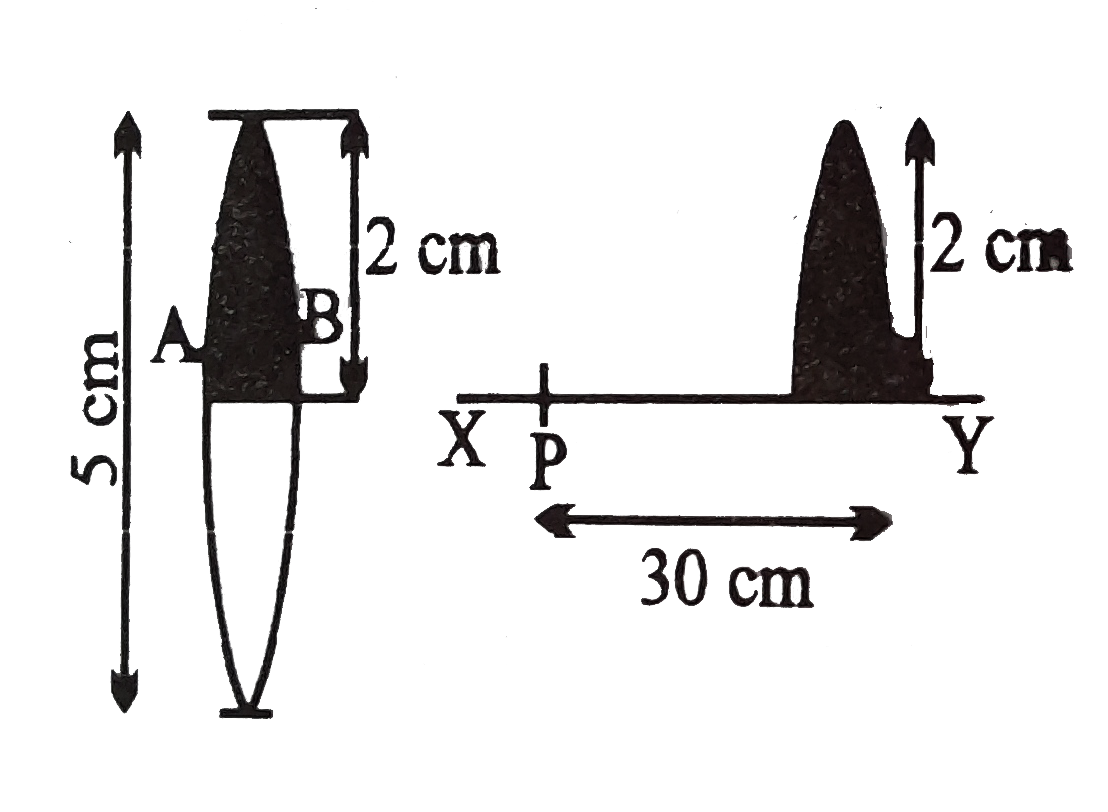 View Solution
View SolutionQuestion 117
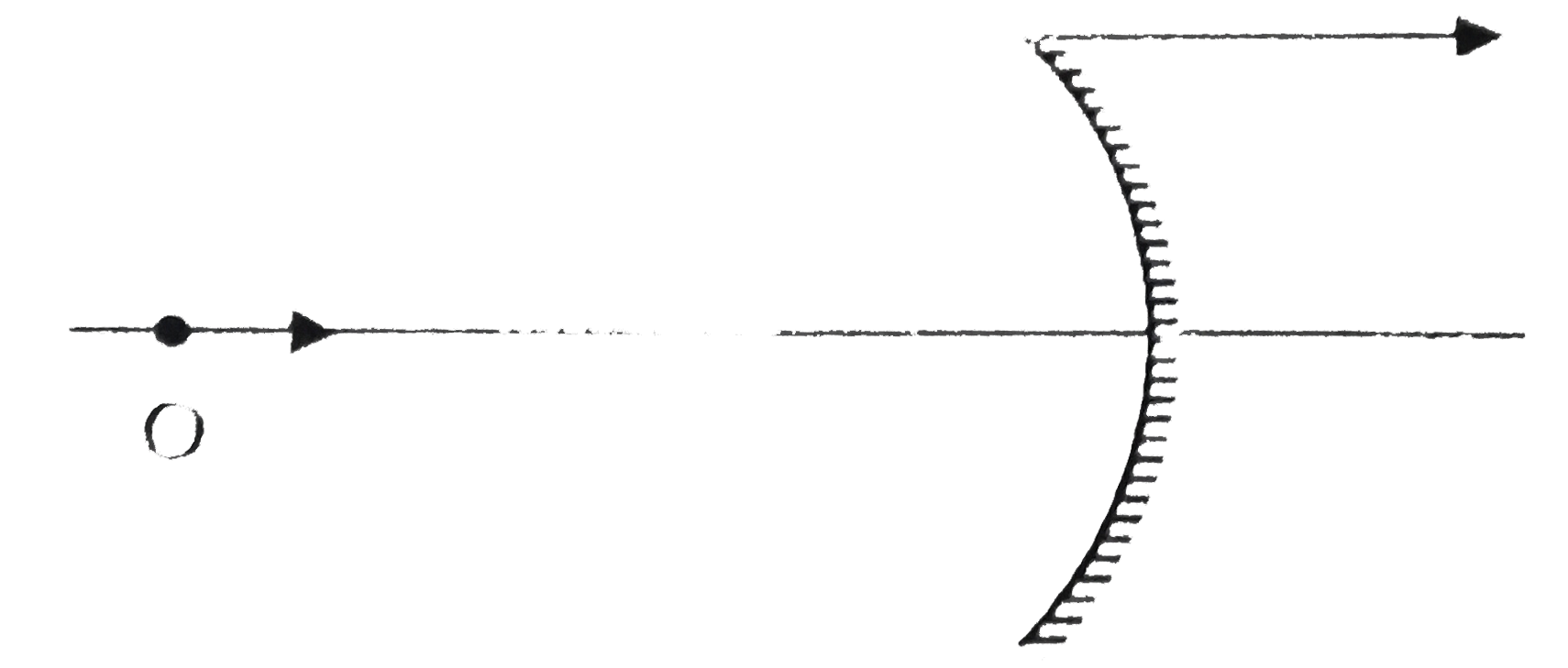
An object kept on the principle axis is moving in the sme directions as that of mirror as shown in the figure. Speed of object and mirror is 10ms and 4013ms. Radius of the curvature of the mirror is 20 cm. If the distance of object from the mirror at this instant is 5x cm, velocity of image at this instant is found to be zero. Find x.View SolutionQuestion 119
A ray of light is incident at an angle of 60∘ on the face of a prism having refracting angle 30∘. The ray emerging out of the prism makes an angle 30∘ with the incident ray. Show that the emergent ray is perpendicular to the face through which it emerges and calculate the refractive index of the material of prism.View SolutionQuestion 120
The electric potential V(z,y,z) for a planar charge distribution is given by:
V(x,y,z)=⎧⎪ ⎪ ⎪ ⎪ ⎪ ⎪ ⎪⎨⎪ ⎪ ⎪ ⎪ ⎪ ⎪ ⎪⎩0for x<−d−V0(1+xd)2for −d≤x≤0−V0(1+2xd)for 0≤x<d−3V0for x>d
where −V0 is the potential at the origin and d is a distance. Graph of electric field as a function of position is given as View SolutionQuestion 122
Shown in Fig. is a vertically erect object placed on the optic axis at a distance (5/2)f from a concave mirror of focal length f. If a plane mirror is placed perpendicular to the optic axis at a distanc (4/3)f from the pole, facing concave mirror, find the position and nature of the final image formed.
 View Solution
View SolutionQuestion 126
A stick is placed inside a hemispherical bowl as shown in Figure. The stick is horizontal and has a length of 2a. Eye of an observer is located at E such that it can just see the end A of the stick. A liquid is filled upto edge of the bowl and the end B of the stick becomes visible to the observer. Radius of the bowl is R. Find the refractive index (μ) of the liquid.
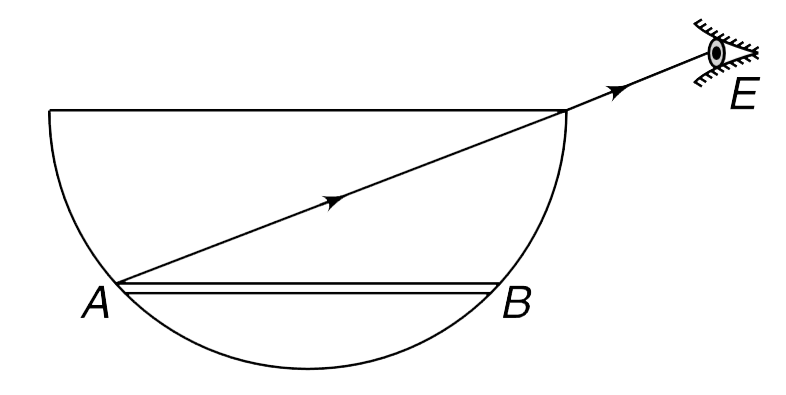 View Solution
View SolutionQuestion 128
A thin equiconvex glass lens (μg=1.5) is beign placed on the top of a vessel of height h=20cm as shown figure. A luminous point source is beign placed at the bottom of vessel on the principal axis of the lens. When the air is on both the side of the lens the image of luminous source is formed at a distance of 20cm from the lens out side the vessel. When the air inside the vessel is being replaced by a liquid of refractive index μl the image of the same source is being formed at a distance 30cm from the lens outside the vessel. Find the μl.
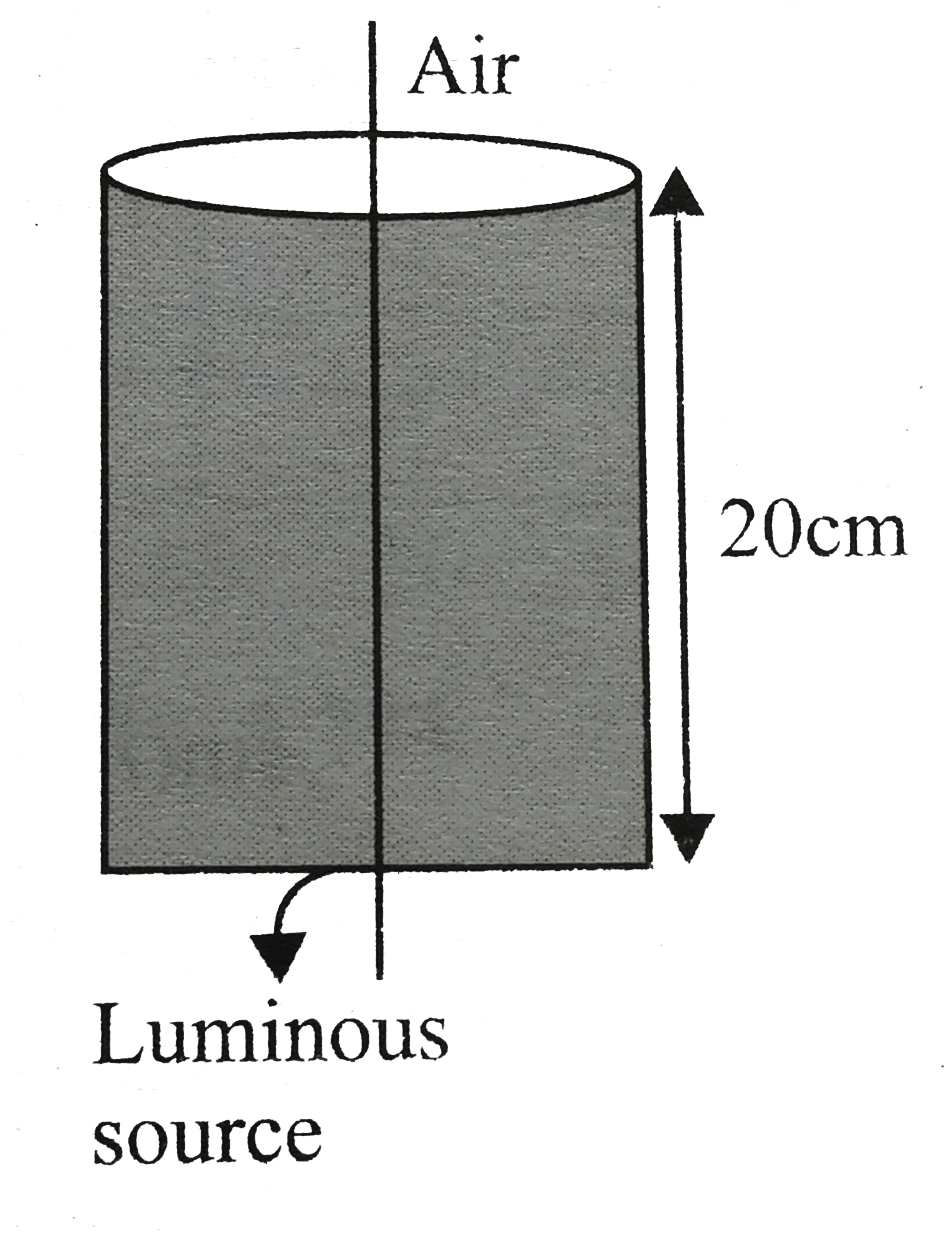 View Solution
View SolutionQuestion 143
A ray of light travelling in a transparent medium falls on a surface separating the medium from air at an angle of incidence of 45∘. The ray undergoes total internal reflection. If n is the refractive index of the medium with respect to air, select the possible value of n from the following.View SolutionQuestion 148
A plane mirror placed at the origin has ˆi as the normal vector to its reflecting surface. The mirror beings to translate with a velocity ˆi+ˆj+ˆk. At the same time an object which was initially at ˆi+ˆj starts moving with a velocity (ˆi+ˆj)m/s Now choose the correct options.View SolutionQuestion 151
A ray of light falls on an equilateral prism ABC as shown. Face AC of the prism is polished.

Calculate 'mu' when the ray falls on BC after reflecting from AC it make angle 60 with it .With the value of μ calculated above find total deviation, when the ray of light finally emerges from BC View SolutionQuestion 152
Magnification by a lens of an object at distance 10 cm from it is -2. now a seconnd lens is placed exactly at the same positon where first was kept, without changing the distance between object and lens. The magnification by this second lens is -3.
Now both the lenses are kept in contact at the same place. what will be the new magnification ? View SolutionQuestion 153
Magnification by a lens of an object at distance 10 cm from it is -2. now a seconnd lens is placed exactly at the same positon where first was kept, without changing the distance between object and lens. The magnification by this second lens is -3.
What is the focal length of the combination when both lenses are in contact ? View SolutionQuestion 160
The figure ,shows a transparent sphere of radiusRand refractive indexμ.An object Ois placed at a distance x from the pole of the first surface so that a real image is formed at the pole of the exactly opposite surface.
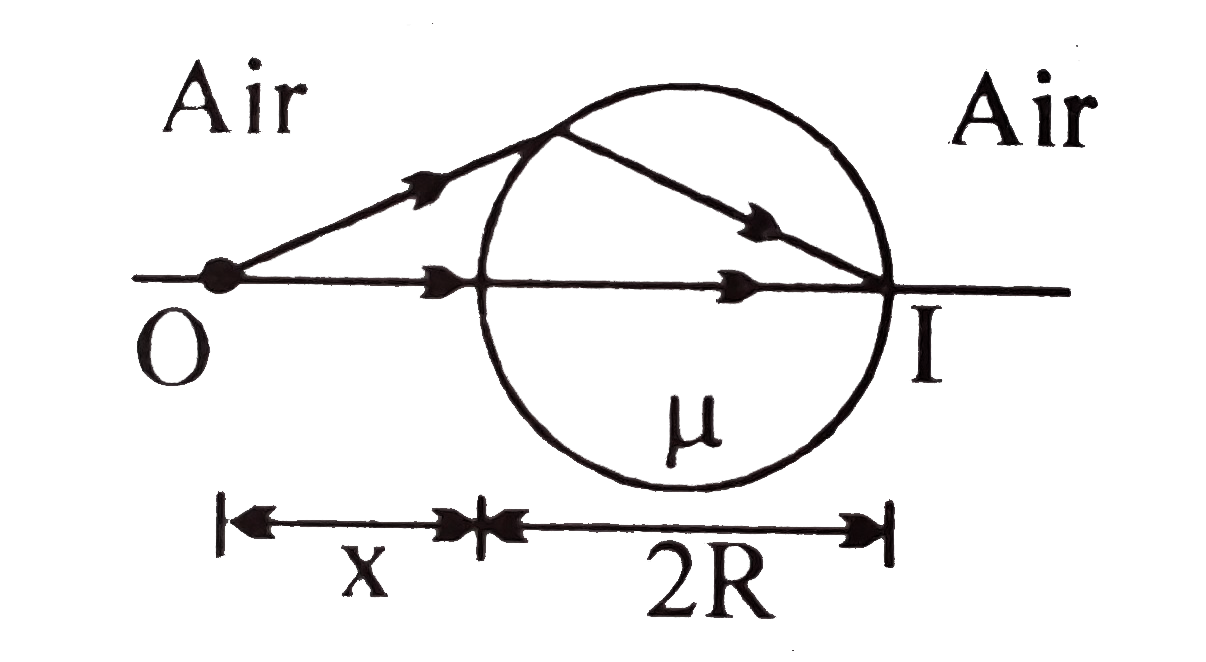 if an object is Placed at a distanceR from the pole of first surface ,then the real image is formed at a distance Rfrom thepole of the second surface.The refractive indexμ of the spher is given byView Solution
if an object is Placed at a distanceR from the pole of first surface ,then the real image is formed at a distance Rfrom thepole of the second surface.The refractive indexμ of the spher is given byView SolutionQuestion 162
A point object at a distance 5R/3 from the pole of a concave mirror. R is the radius of curvature of mirror. Point object oscillates with amplitude of 1mm perpendicular to the principal axis.

Phase difference between motion of object and image when object crosses the principal axis is View SolutionQuestion 171
A small particle is placed at the pole of a concave mirror and then moved along the principal axis to a large distance. During the motion, the distance between the pole of the mirror and the image is measured. The prodedure is them repeated with convex mirror, a concave lens and a convex lens. the object is plotted between image distance versus shown in graph with the mirror or lens that is corresponding it. (curve 1 has two segments)
 View Solution
View SolutionQuestion 173
A point object O is placed on the principal axis of a convex lens of focal length 10 cm at 12 cm from the lens. When object is displaced 1mm along the principal axis magnitude of displacement of image is x1. When the lens is displaced by 1mm perpendicular to the principal axis displacement of image is x2 in magnitude. find the value of x1x2View SolutionQuestion 177
A plane mirror is placed along the y-axis such that x-axis is normal to the plane of the mirror. The reflecting surface of the mirror is towards negative x-axis. The mirror moves in positive x-direction with uniform speed of 5 m/s and a point object P is moving with constant speed 3m/s in negative x-direction. find the speed of image with respect to mirror in m/s. View SolutionQuestion 178
A ray of light travelling in glass (μ=3/2) is incident on a horizontal glass air surface at the critical angle θC. If a thin layer of water (μ=4/3) is now poured on the glass air surface, the ray of light emerge into air at the water air surface at an angle of π/k, radians find the value of k. View SolutionQuestion 179
Assume that you are sitting in a car at rest. You see a person in the rear view mirror of radius of curvature 2m running towards you at t=0. if person is running with velocity 5m/s and it is at 9m distance from mirror at this instant, the average velocity (in mm/sec) of image of man in first second is found to be 20x. find the value of x View SolutionQuestion 180
A point source of light is placed inside water and a thin converging lens of focal length f is placed just outside the surface of water. The image of source is formed at a distance of 50 cm from the surface of water. When the lens is placed just inside the water surface the image is formed at a distance of 40 cm from the surface of water. if focal length of the lens in air is f=100k8 cm, then find the value of k. (given refractive index of lens is 3/2 and that of water is 4/3 and in both cases image is formed inside water for the viewer in air). View SolutionQuestion 182
Two identical equi-concave lenses made of magnitude of combined glass of refractive index 1.5, placed in contact has magnitude of combined power p. when a liquid of refractive index μ is filled in the gap between the concave lenses, the power becomes +p3. the value of μ is K3. find the value of K
 View Solution
View SolutionQuestion 183
Find the magnitude of velocity of image of a point object O with respect to object, which is moving with velocity 2m/s in vertical direction as shown in the figure. The plane mirror that is inclined to horizontal at 45∘ is alos moving horizontally with velocity 2m/s towards left.
 View Solution
View SolutionQuestion 185
A light ray is incident on face AB of a prism ABC as shown in figure. The second prims is ketp in such a manner the emergent ray from prism ABC is falling normally on face A'B' of prism A'B'C'. The net deviation by optical system two prisms is (8k) degree. find the value of k.
 View Solution
View Solution
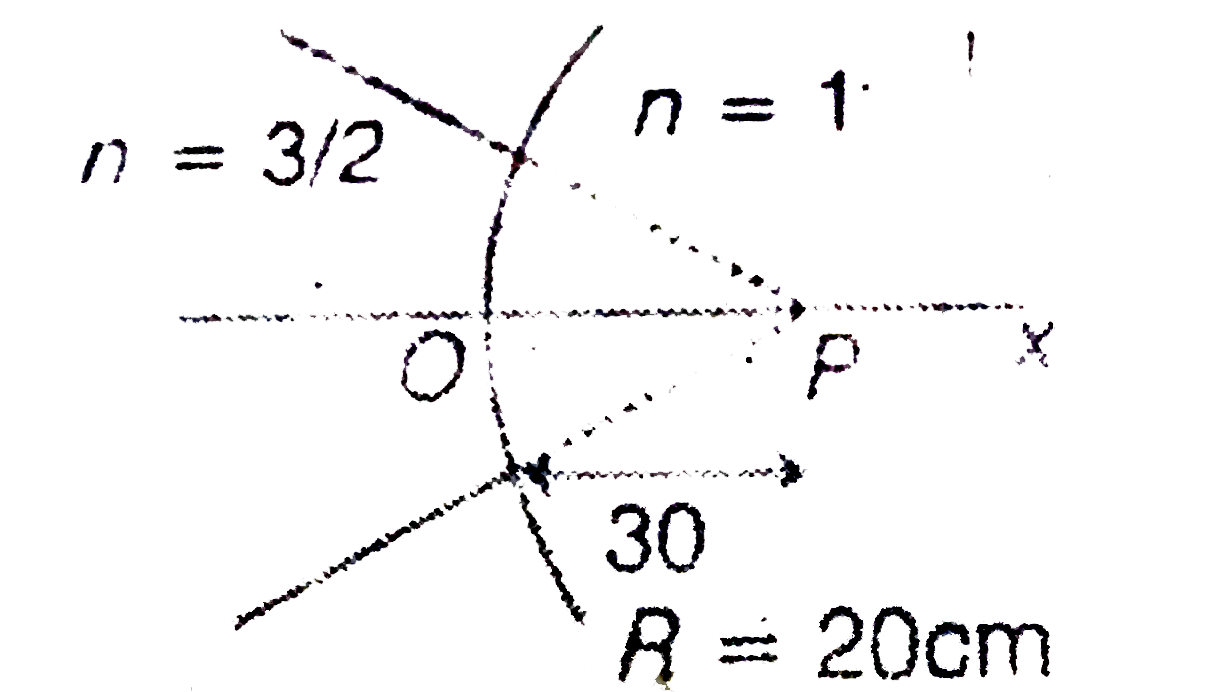
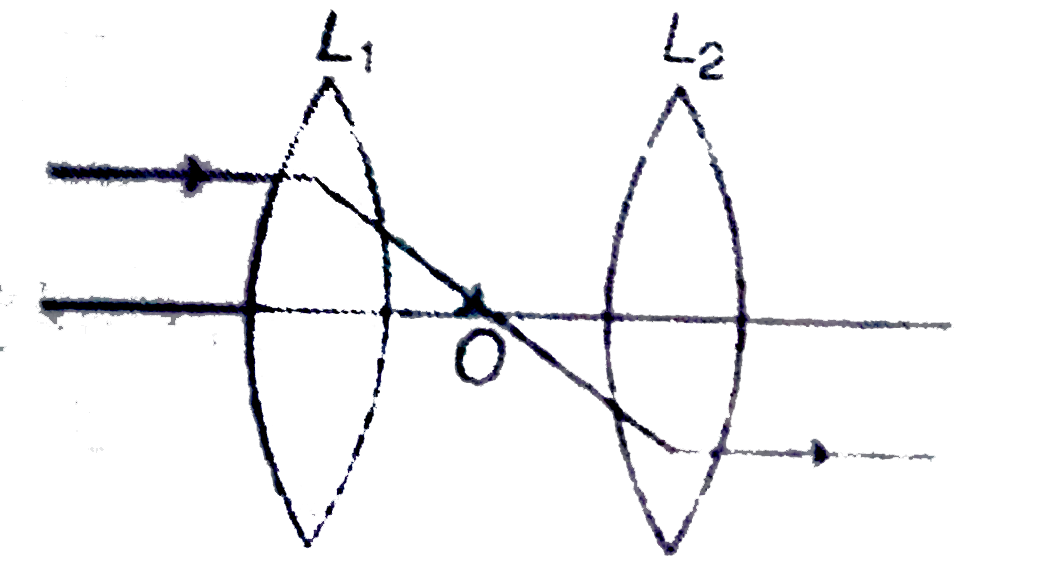
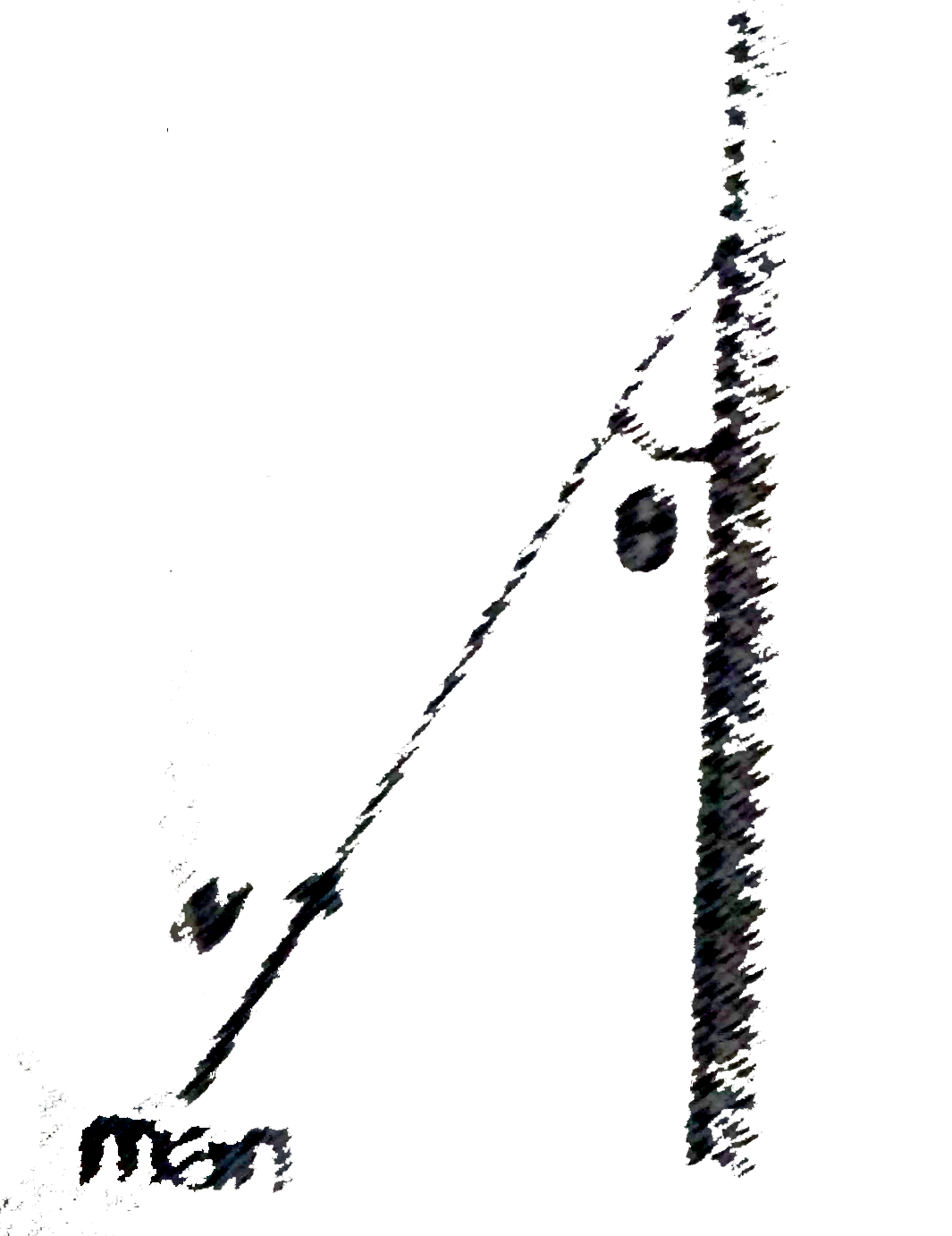


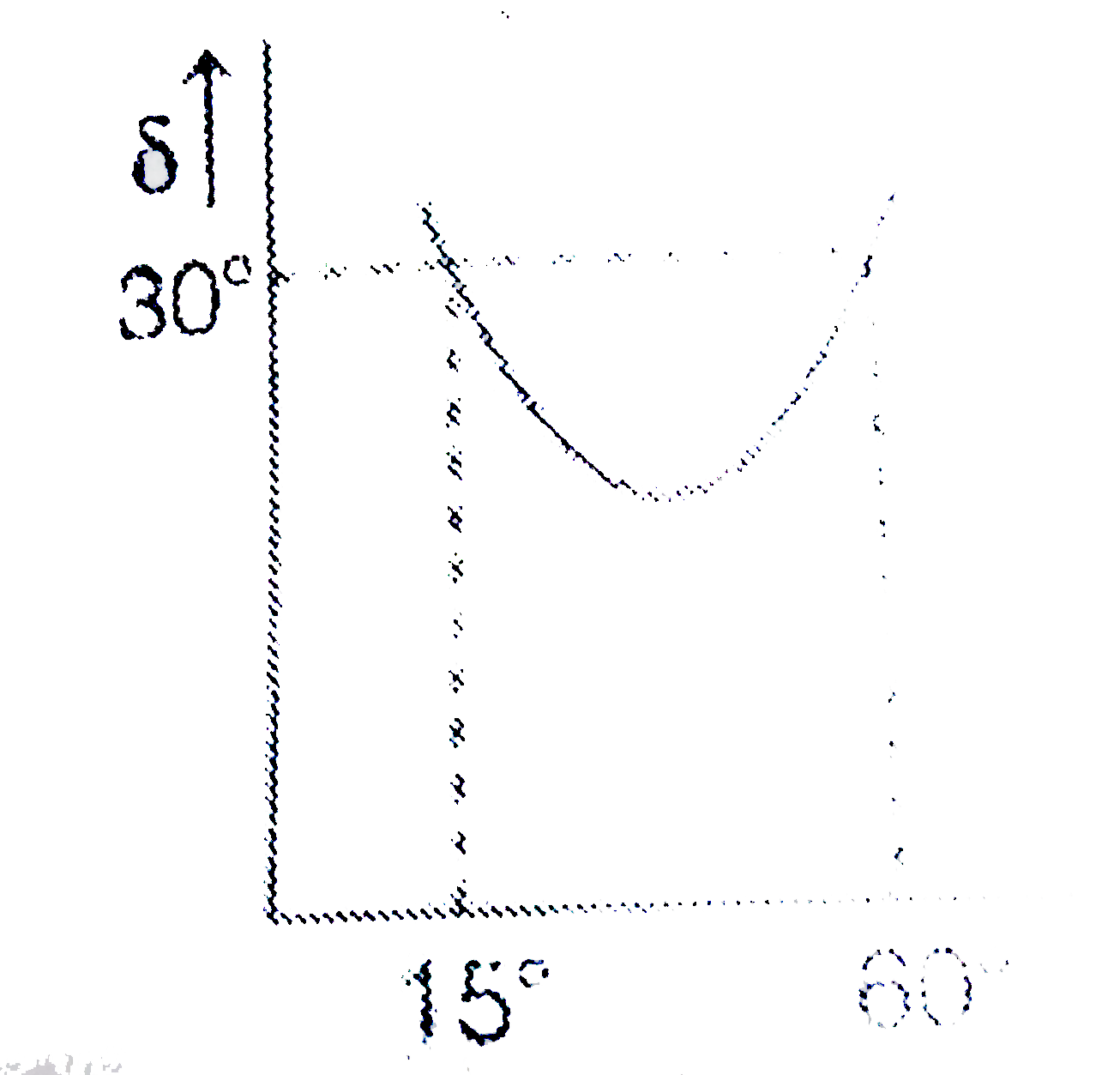

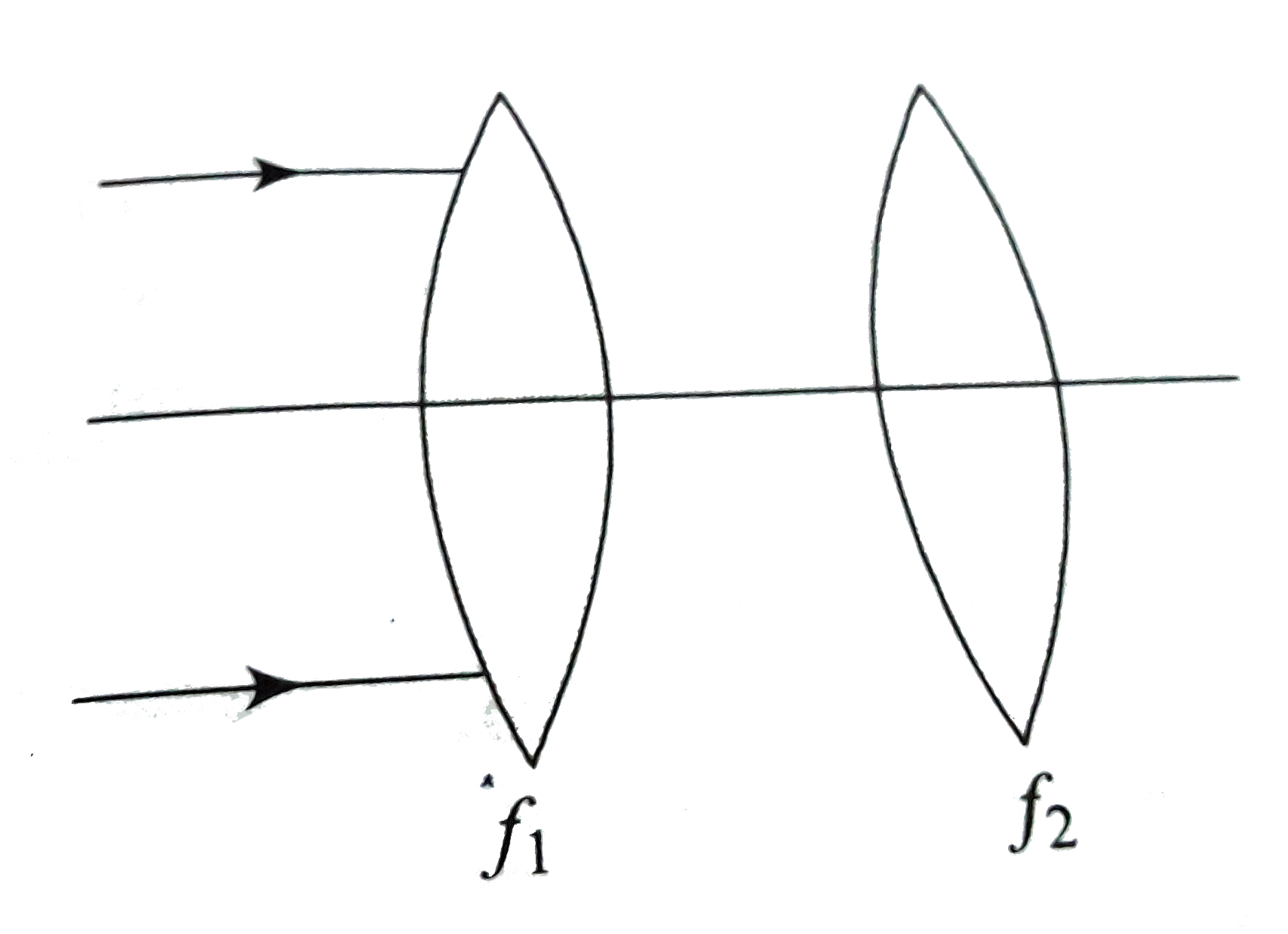
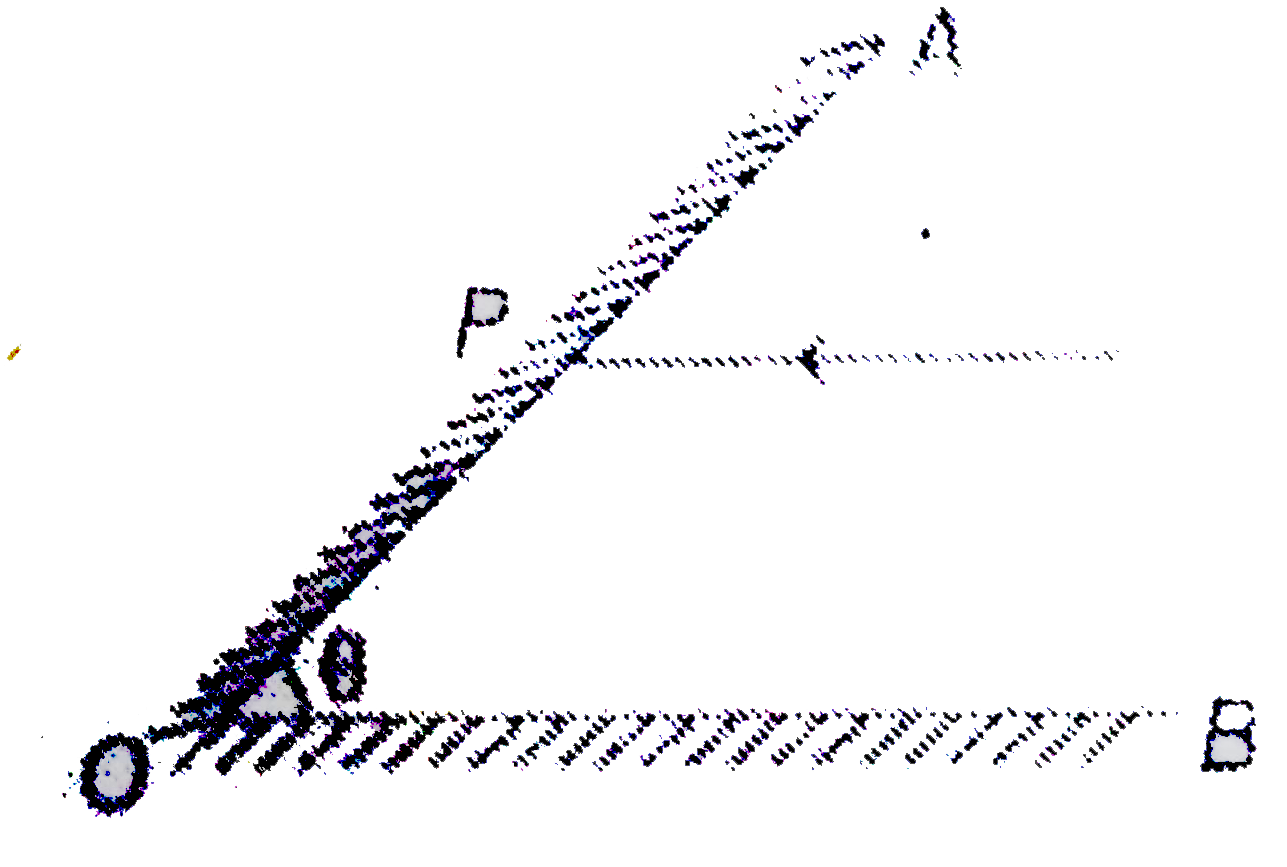
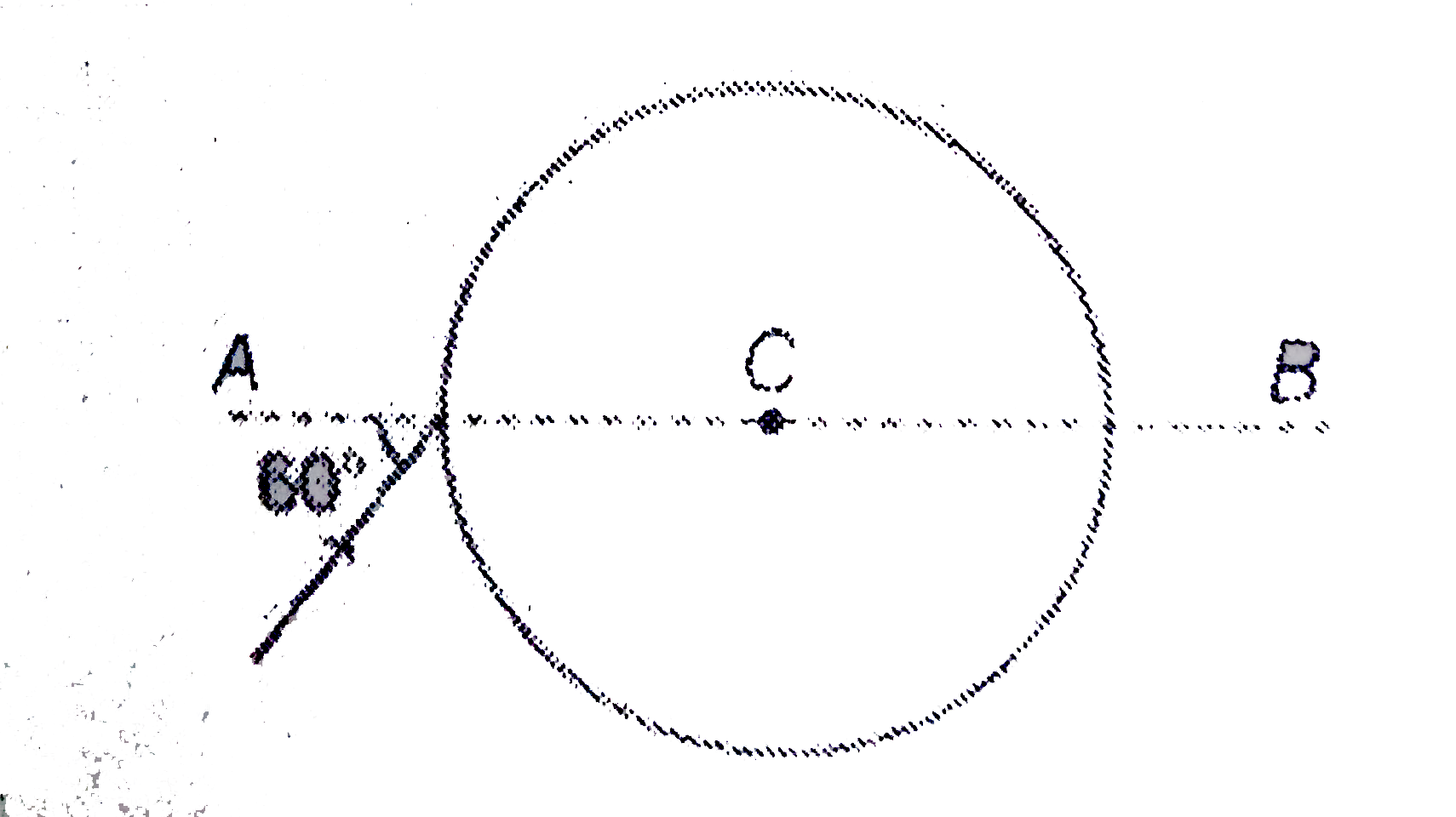
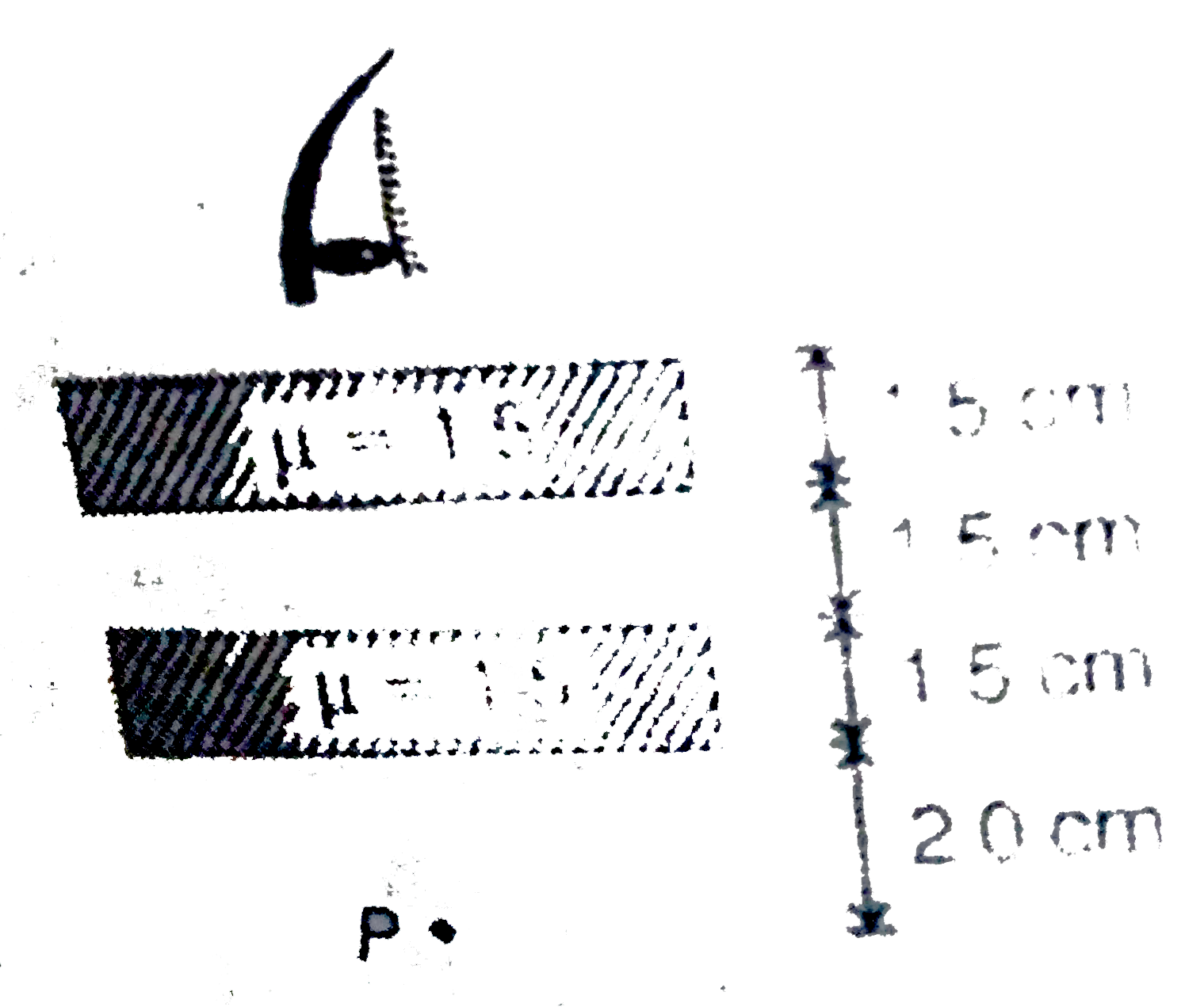
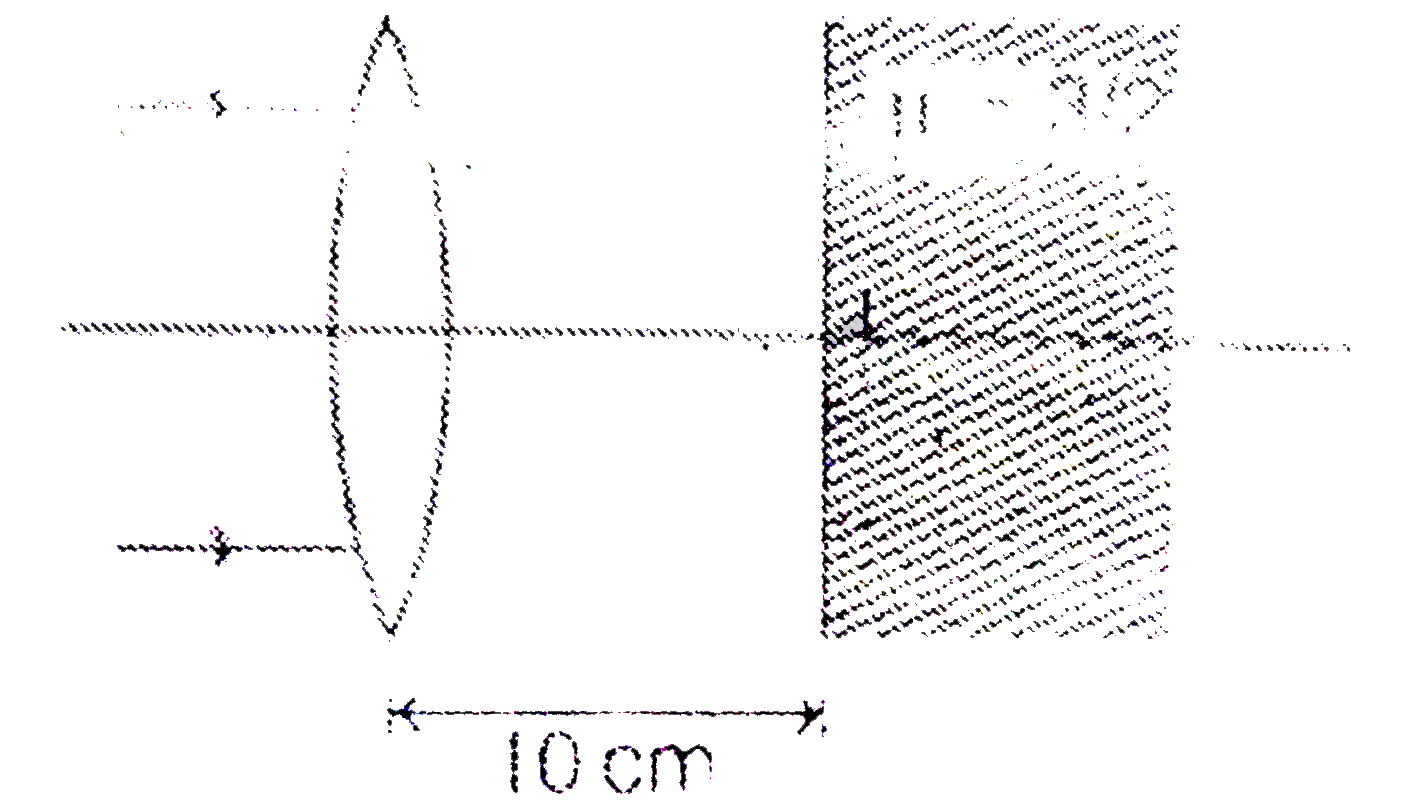
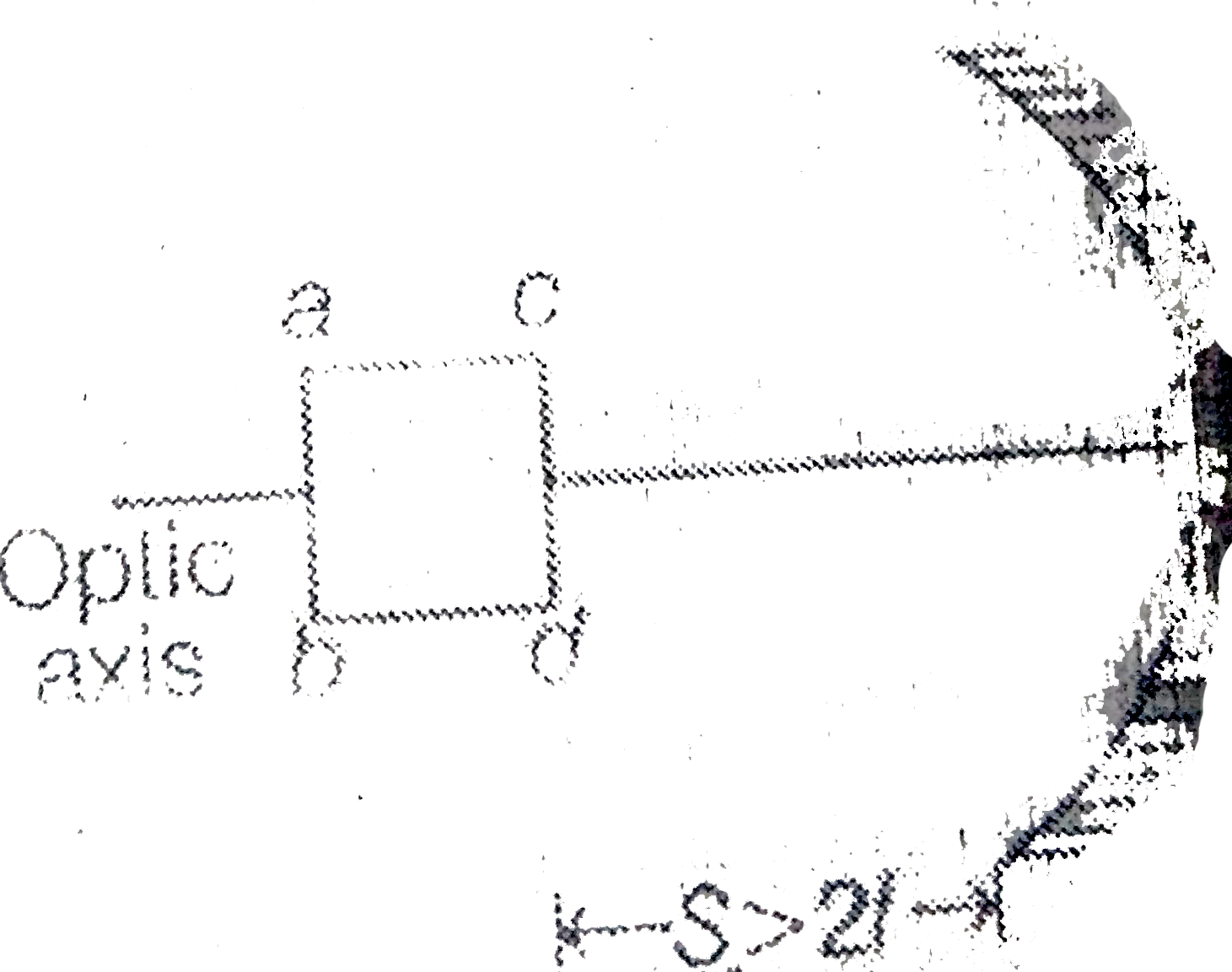
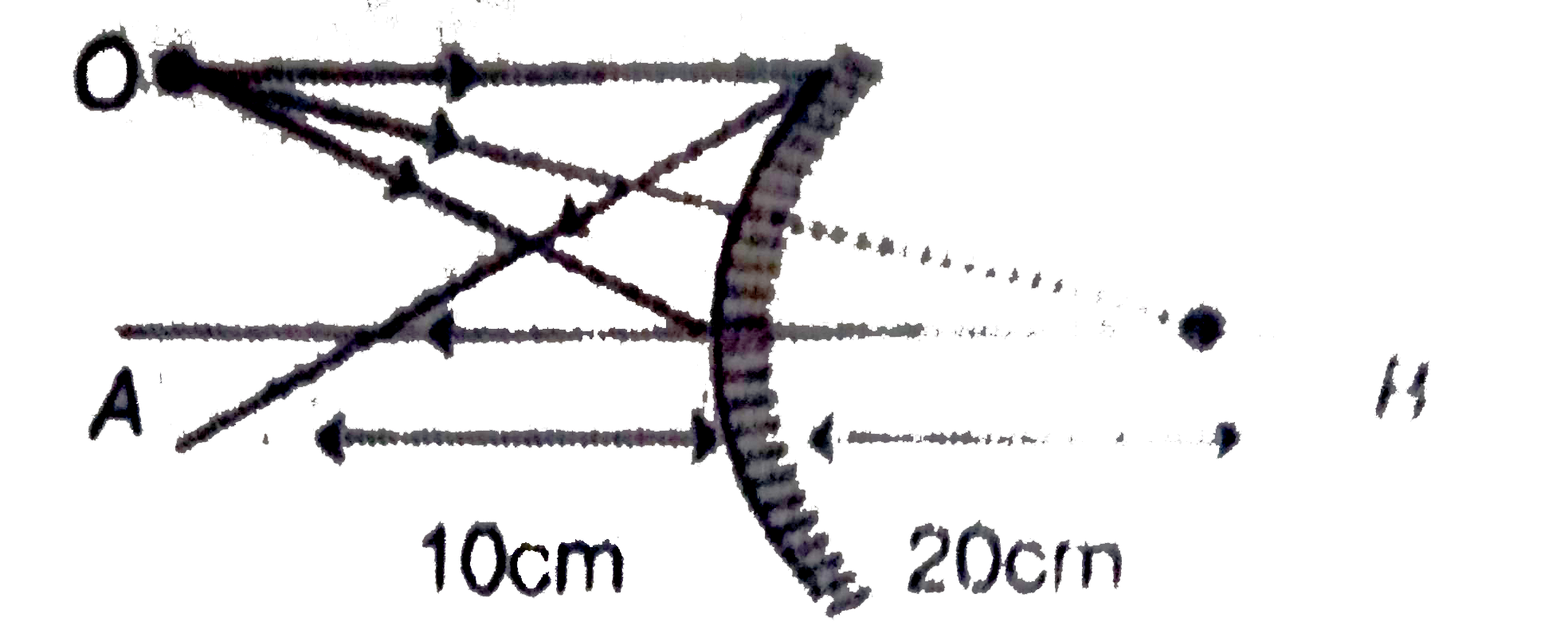
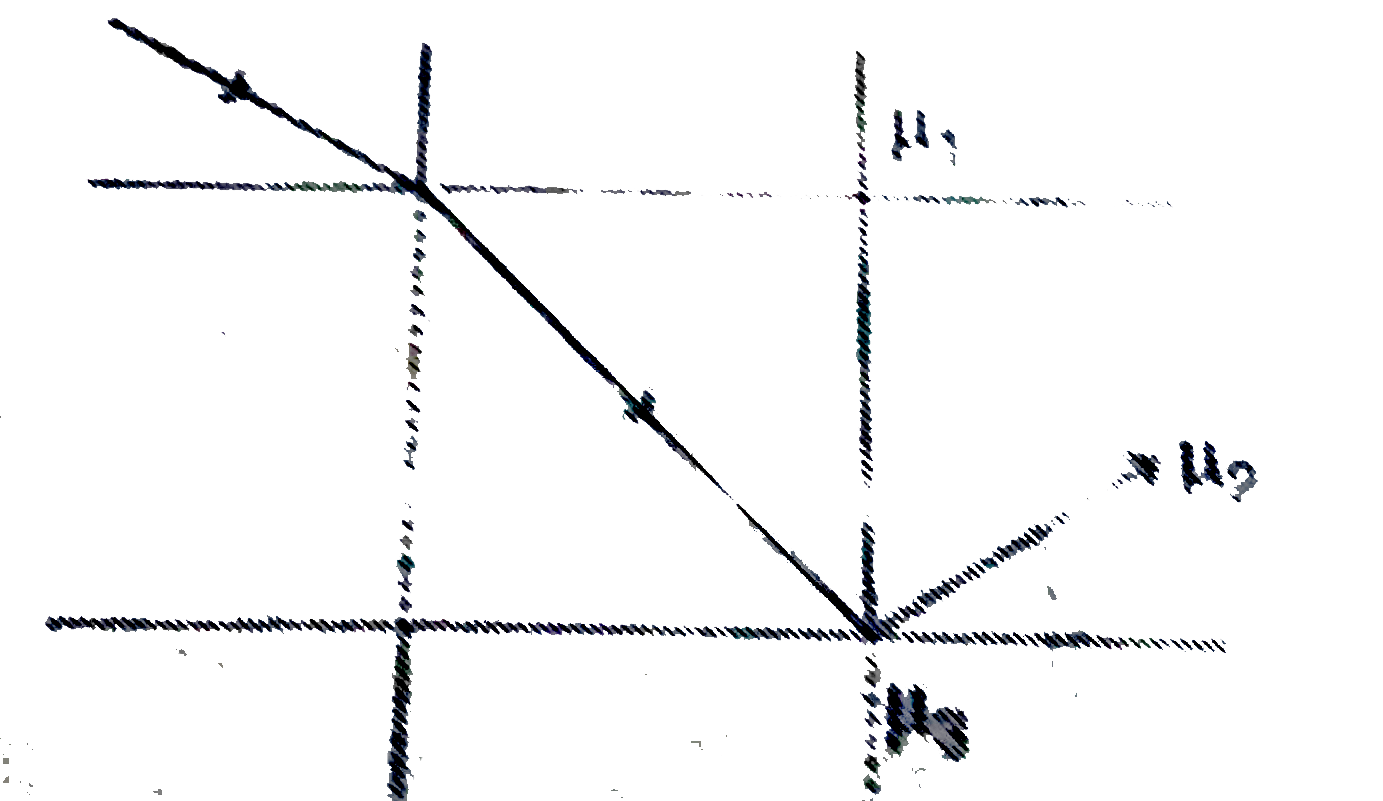
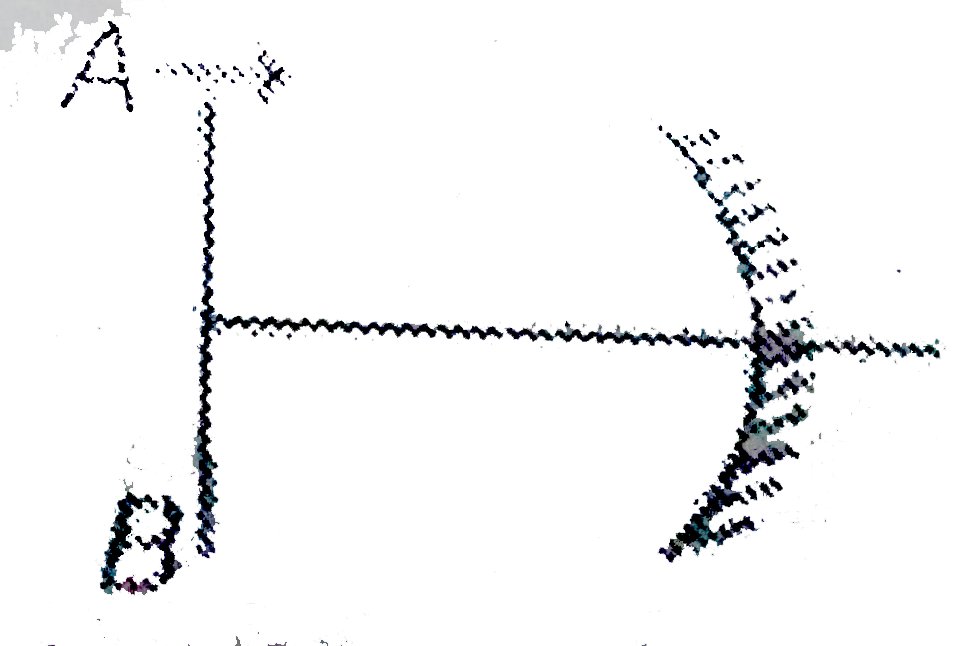
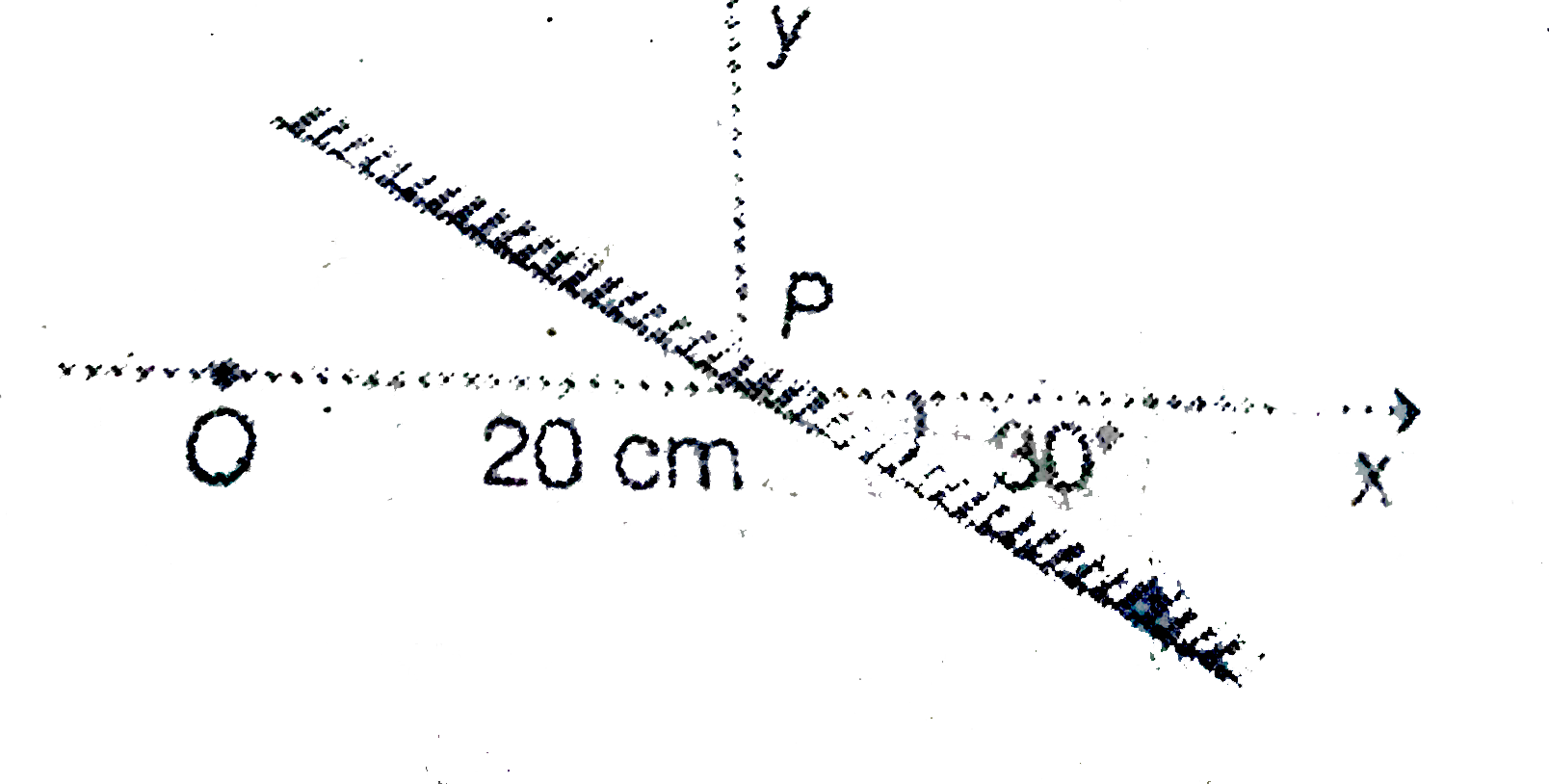

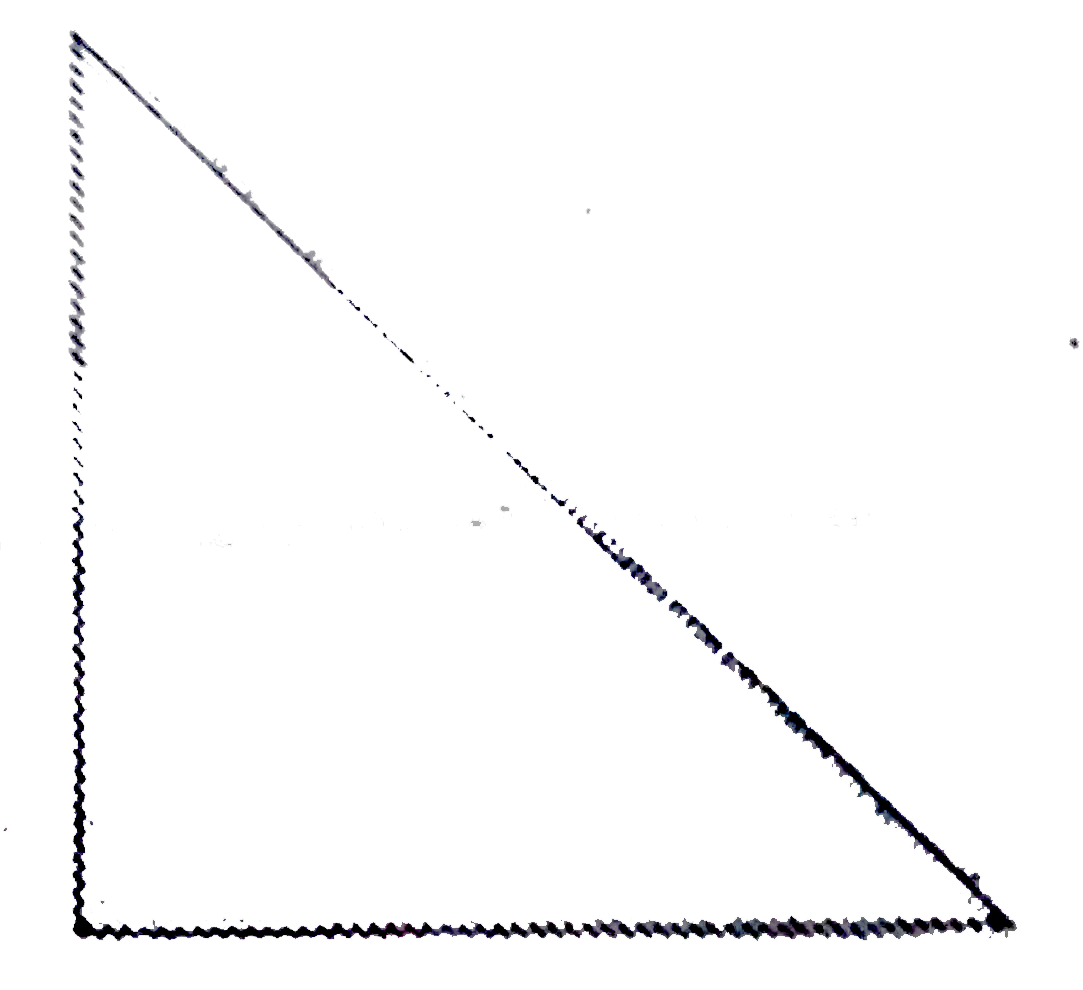
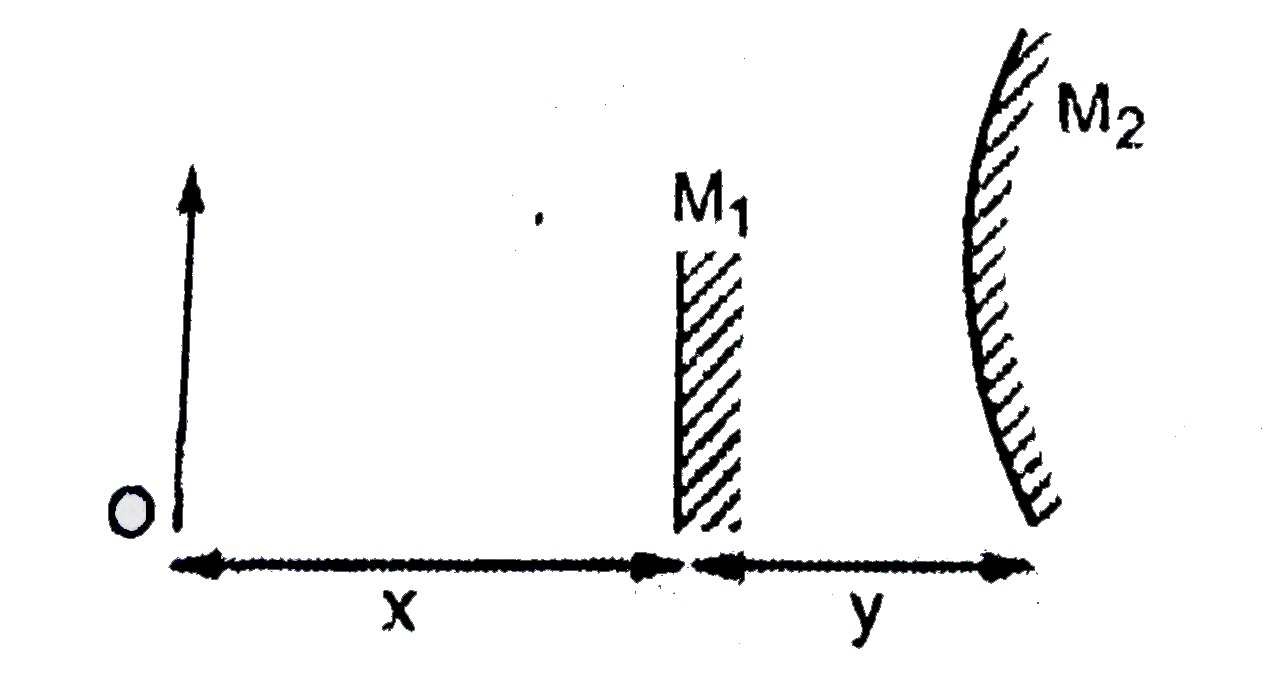
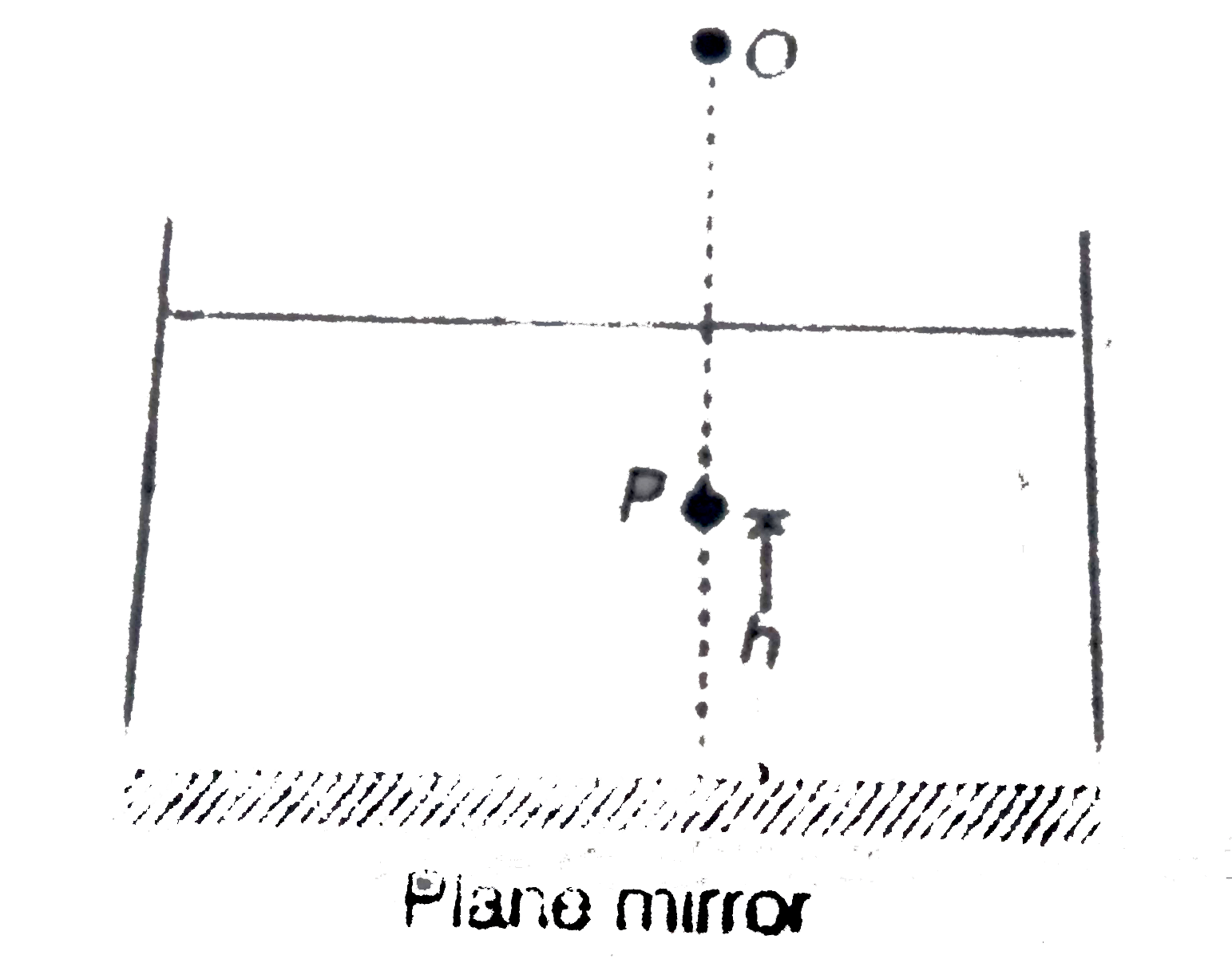
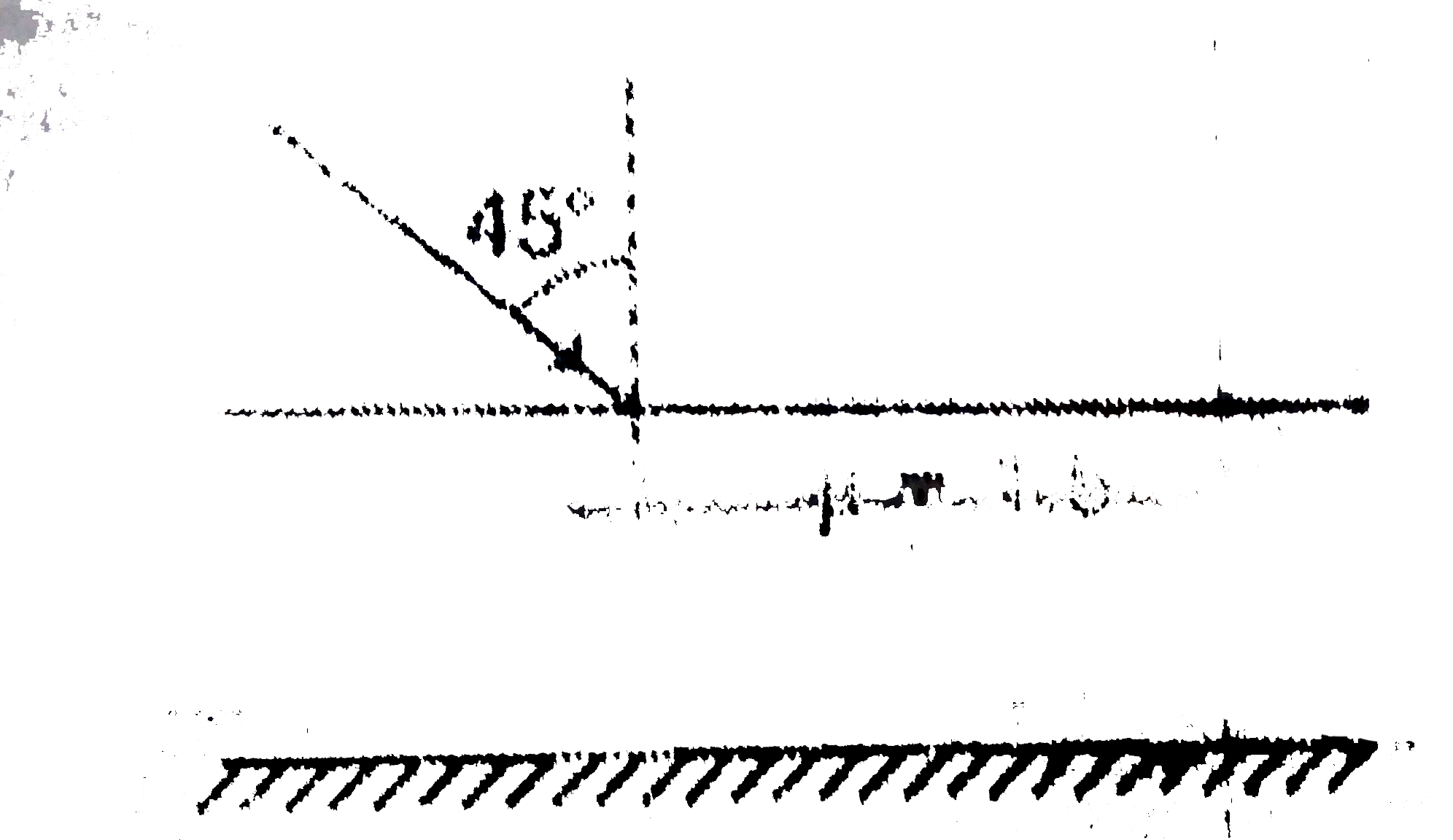
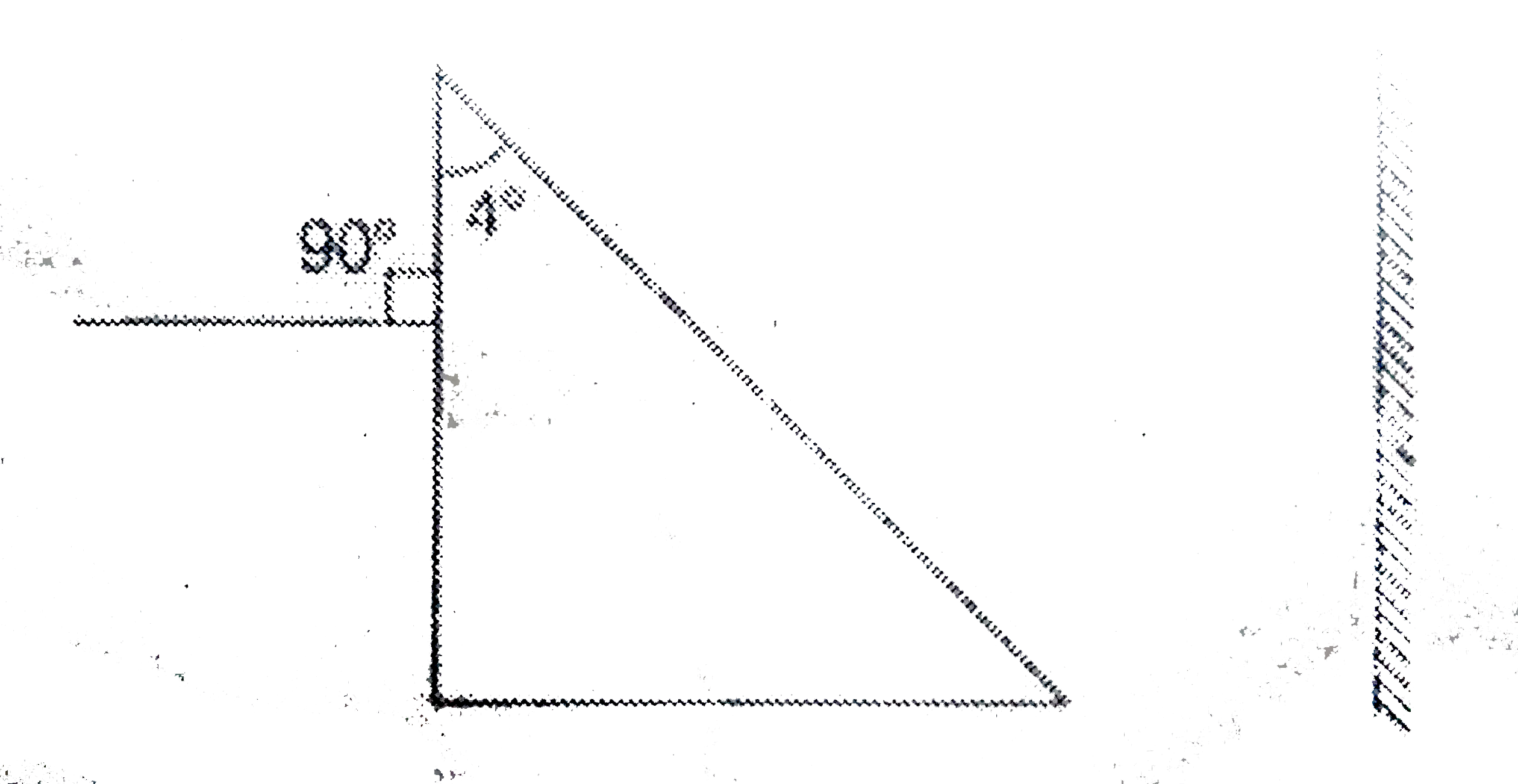
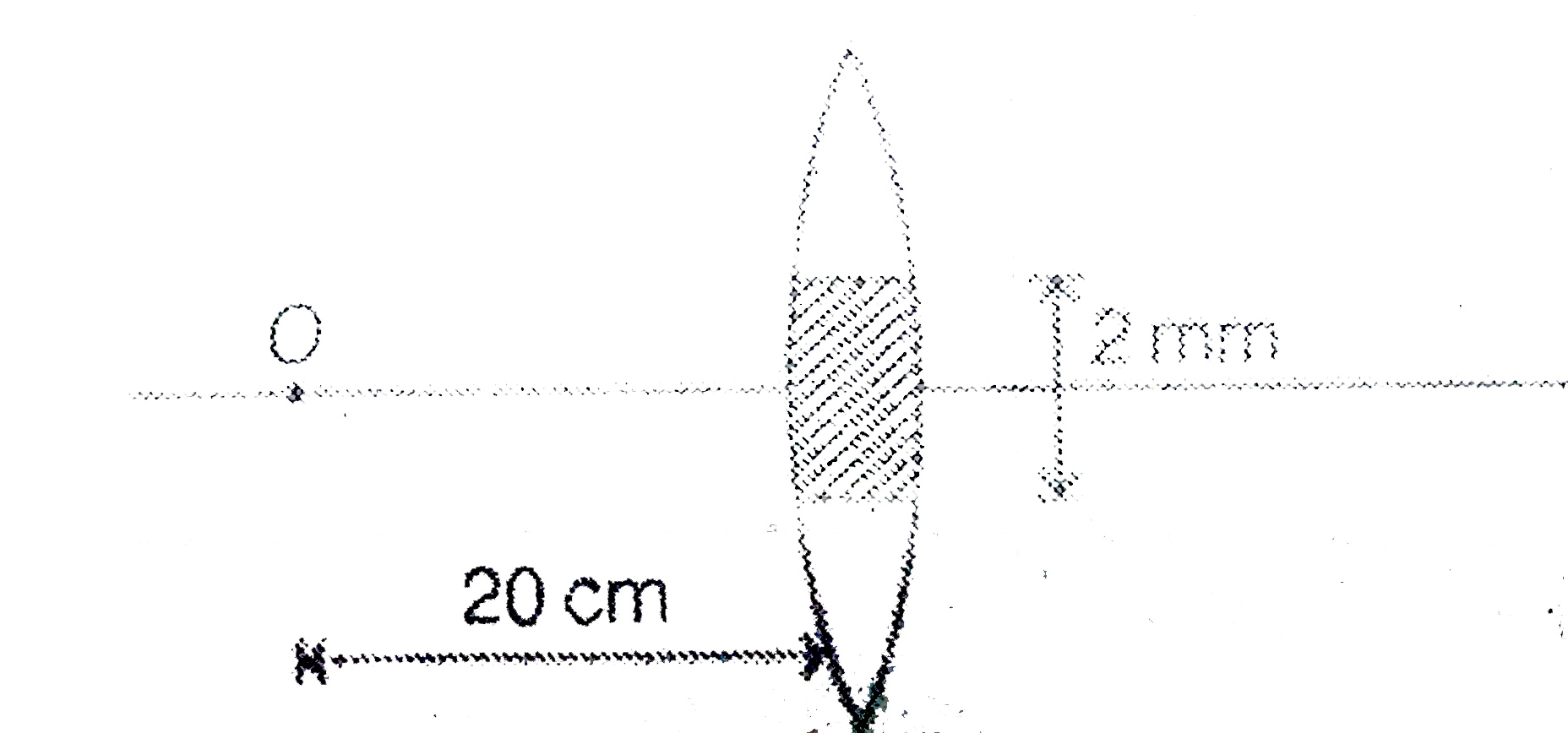

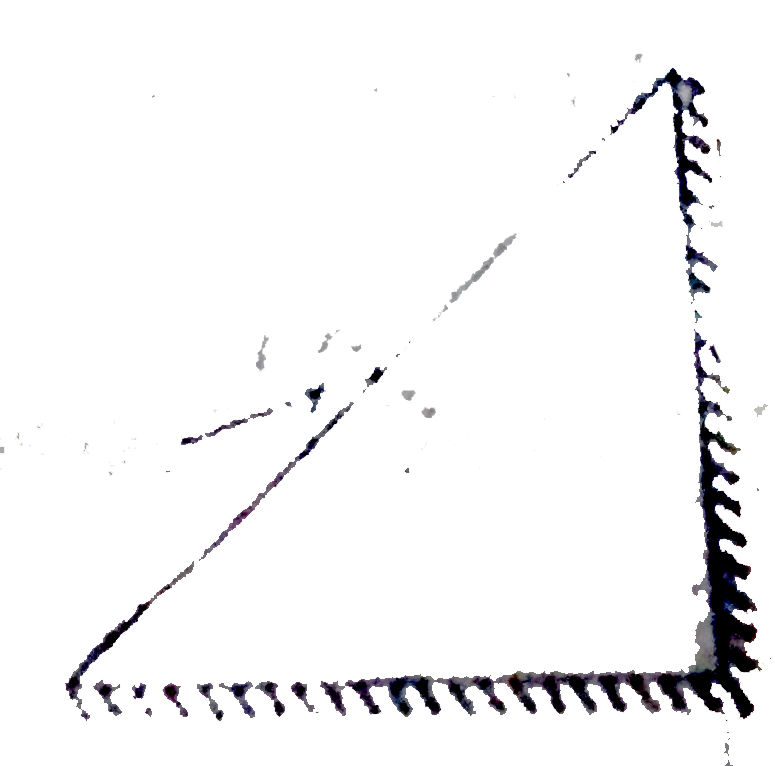
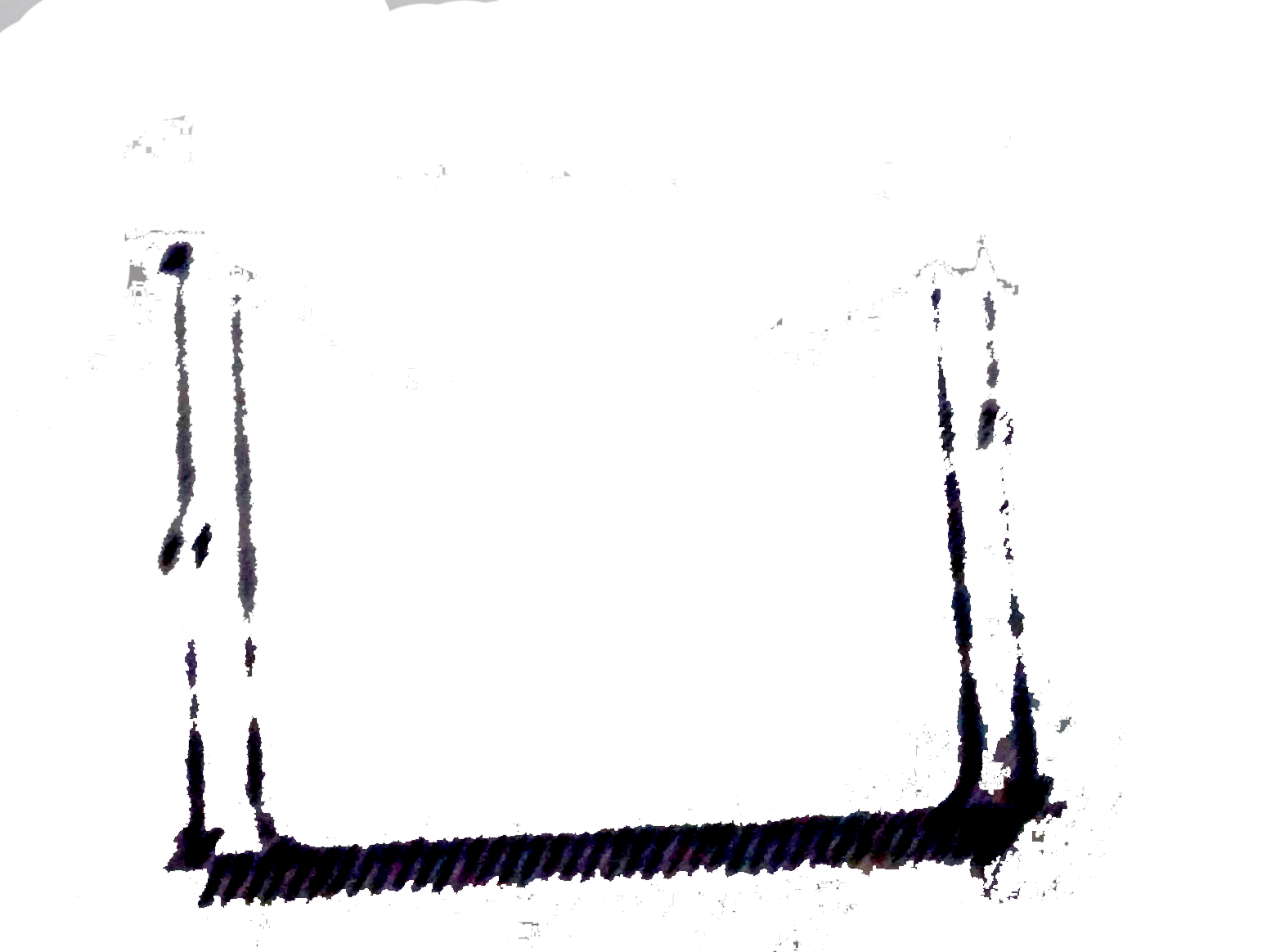
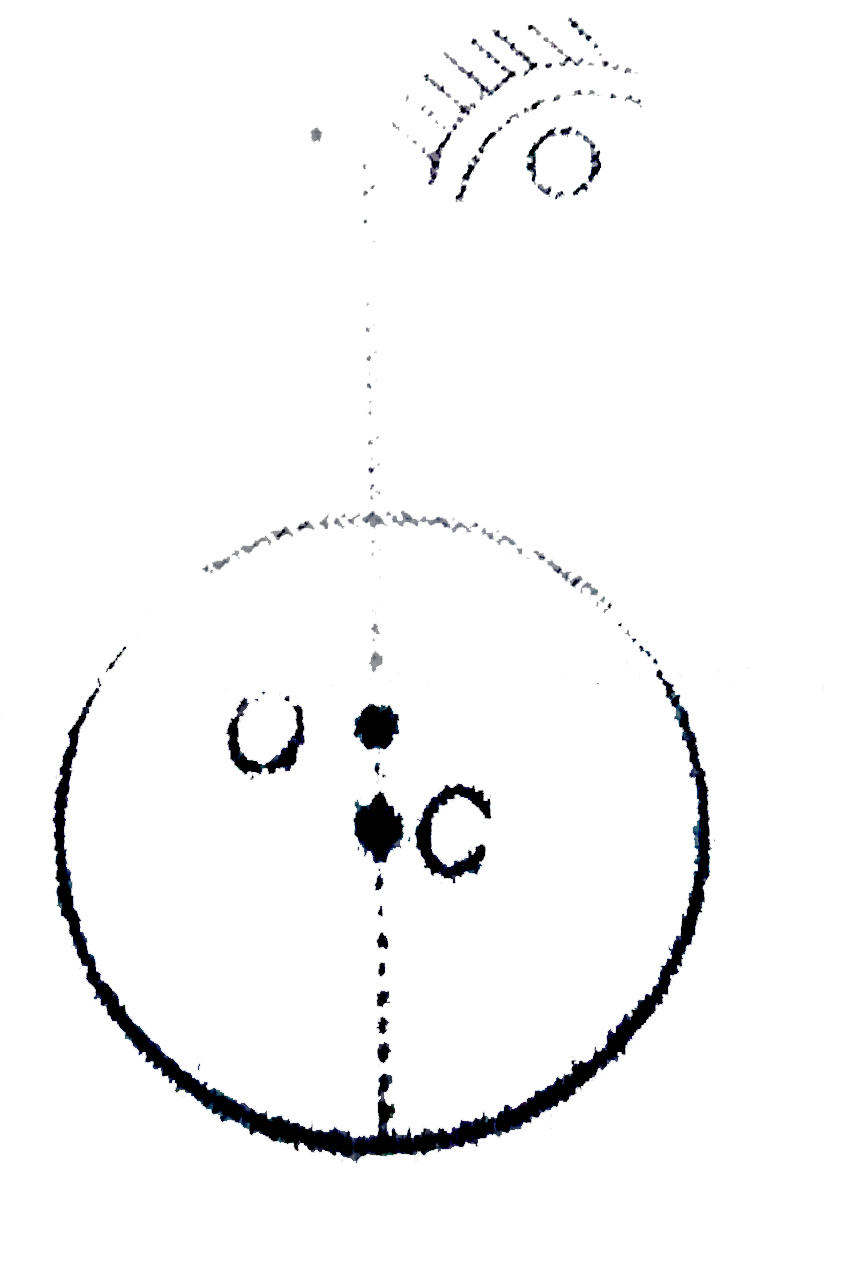
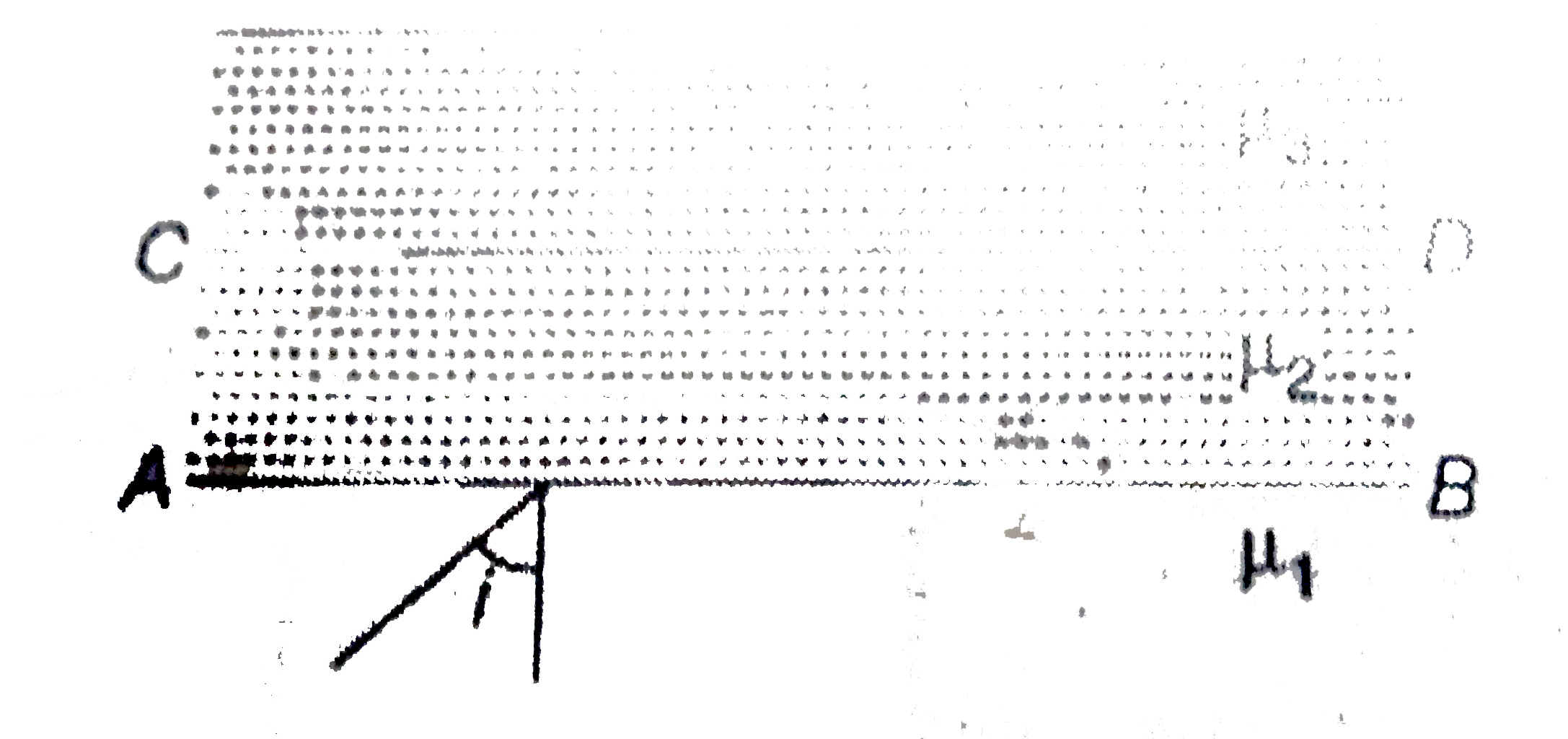
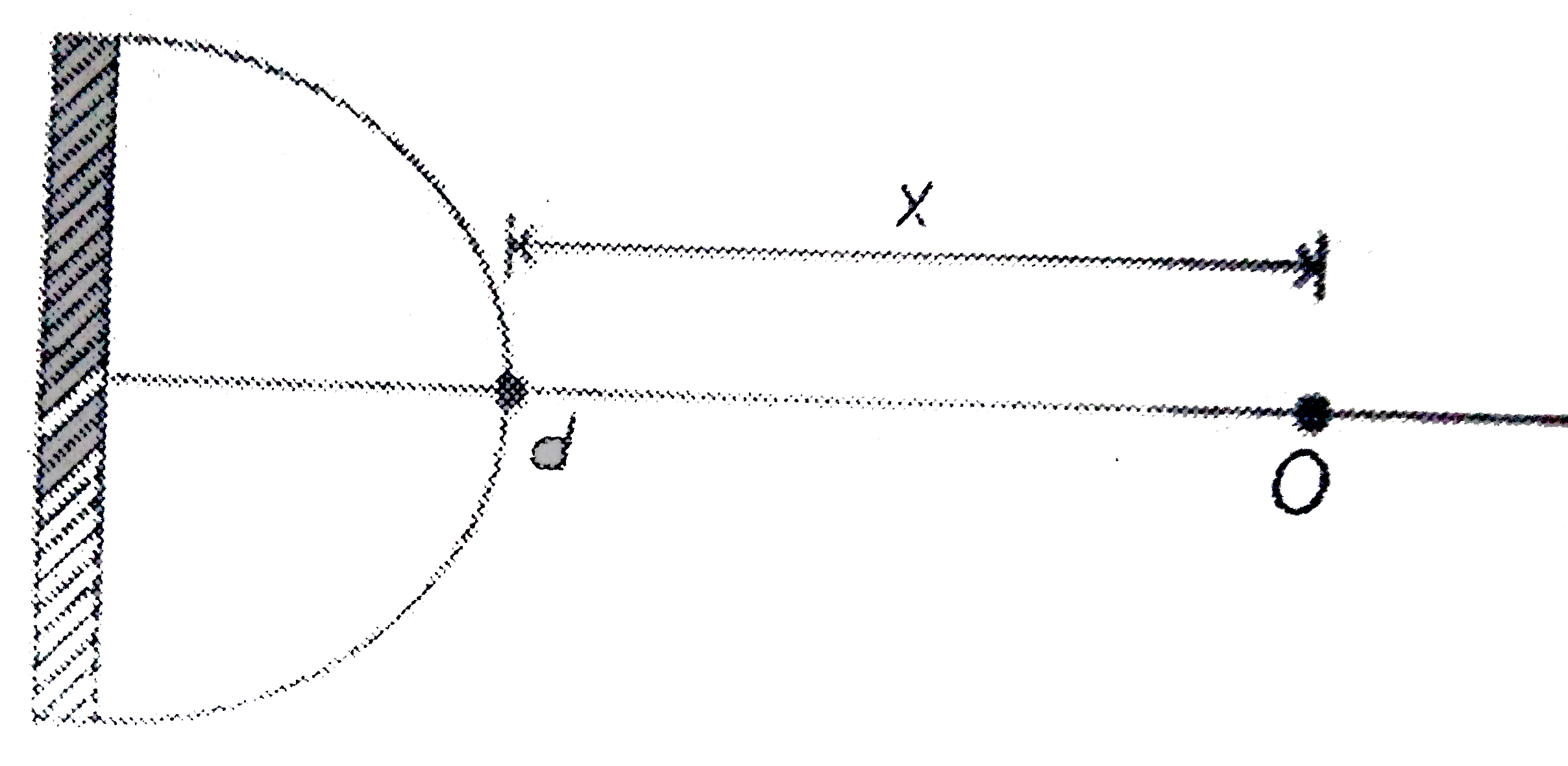

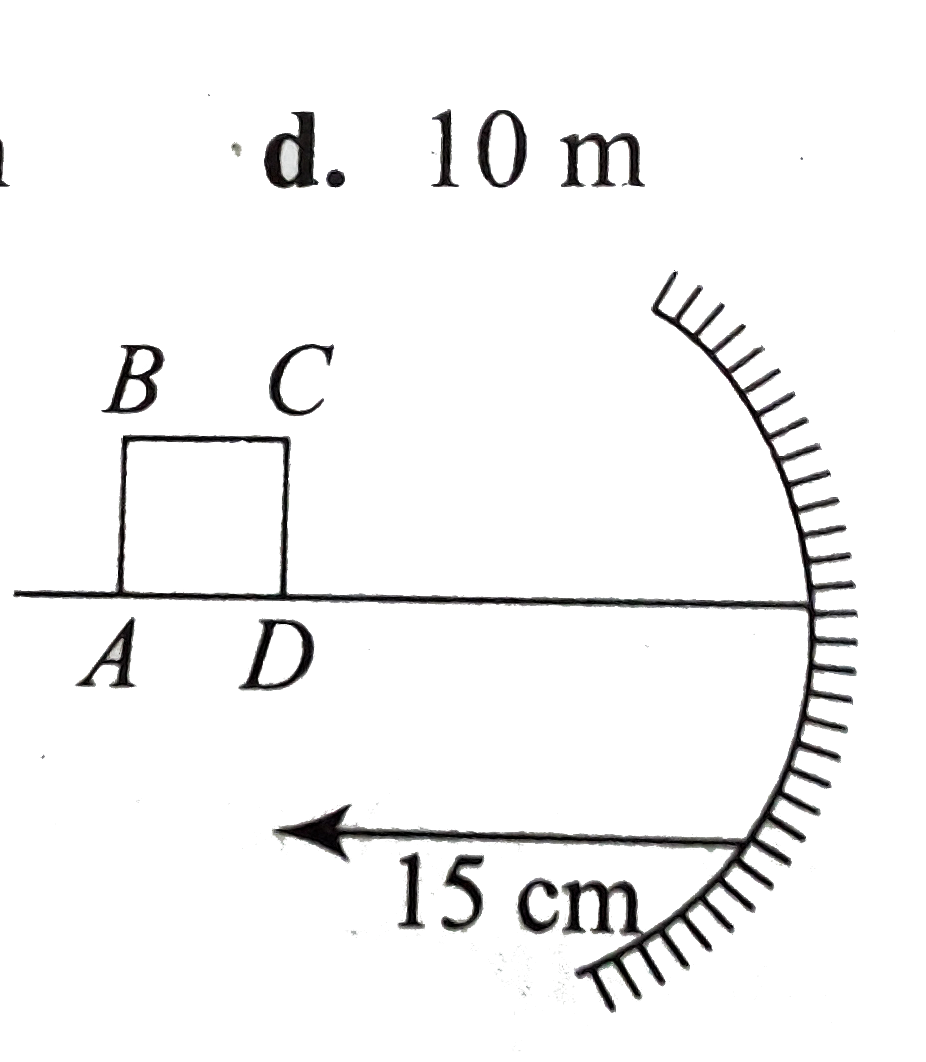
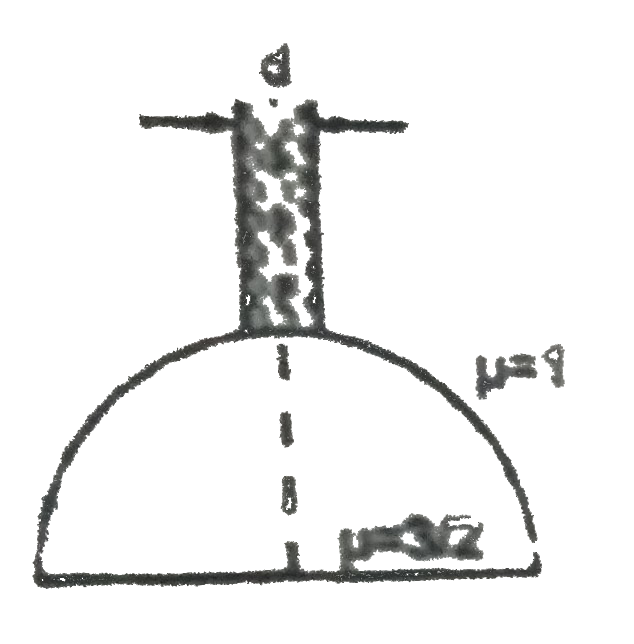




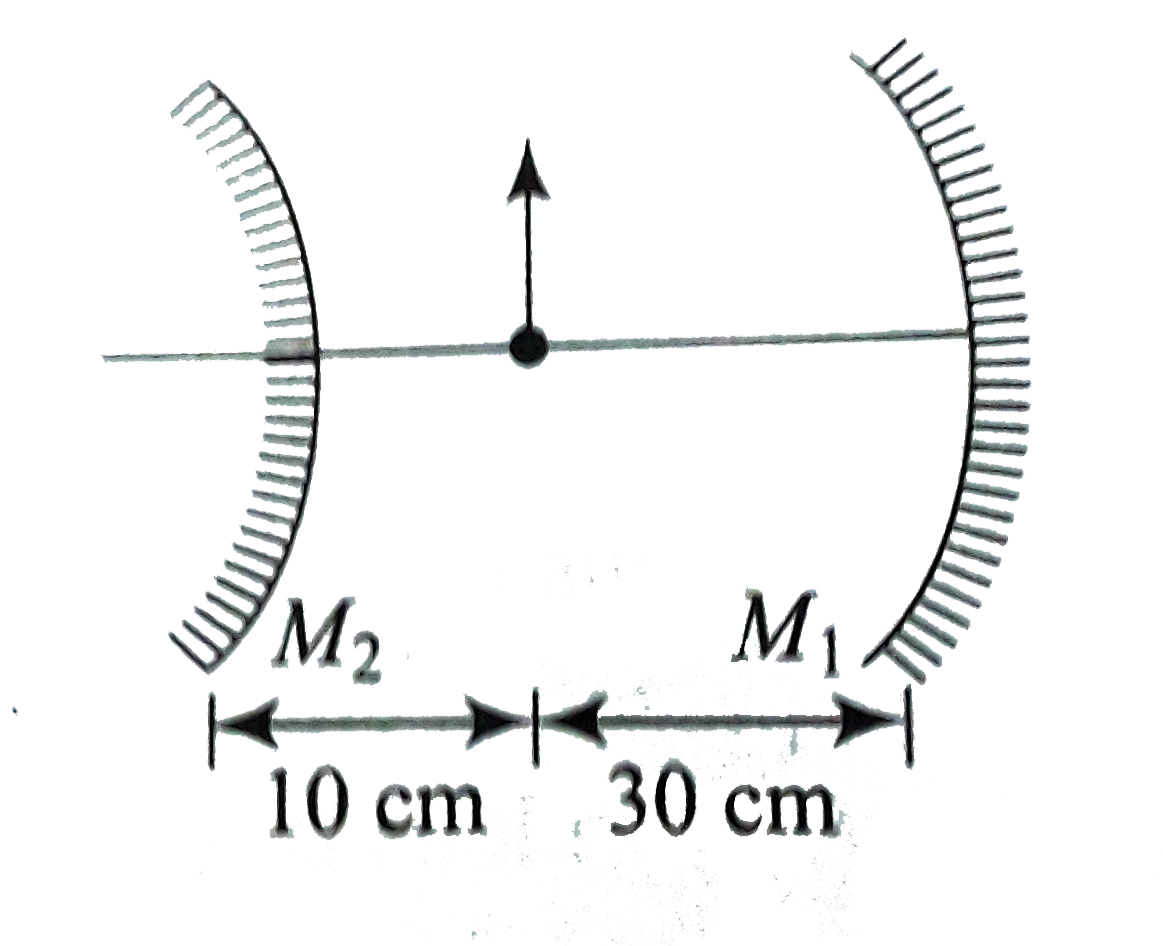
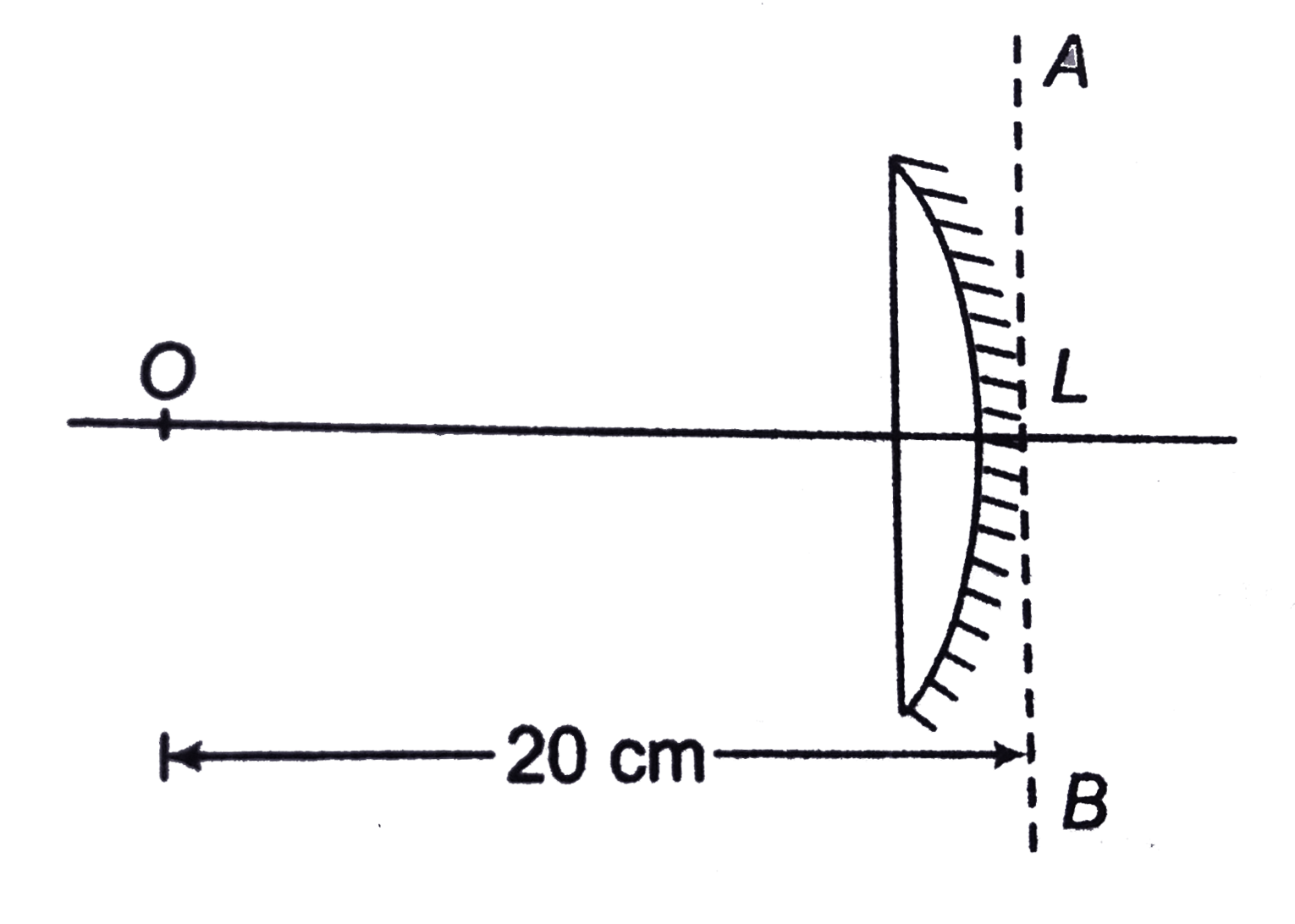
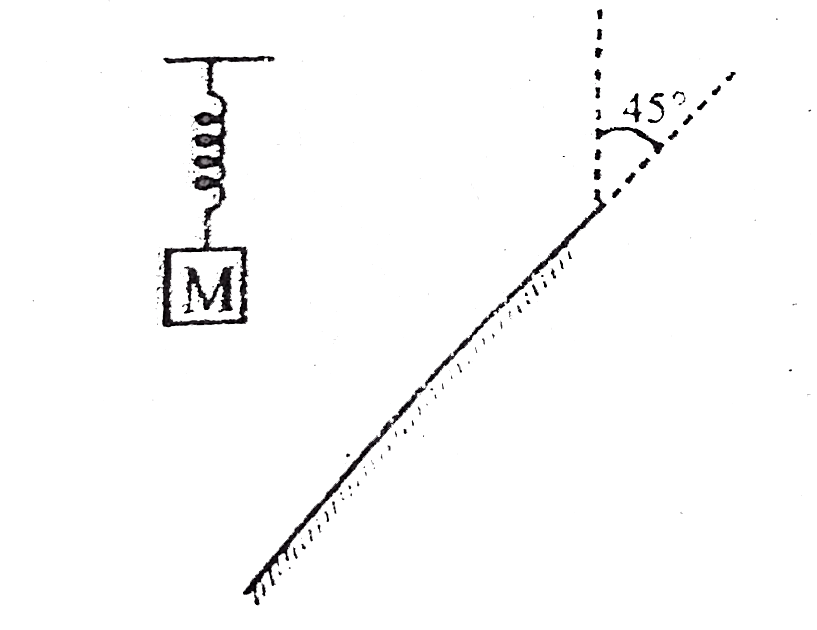
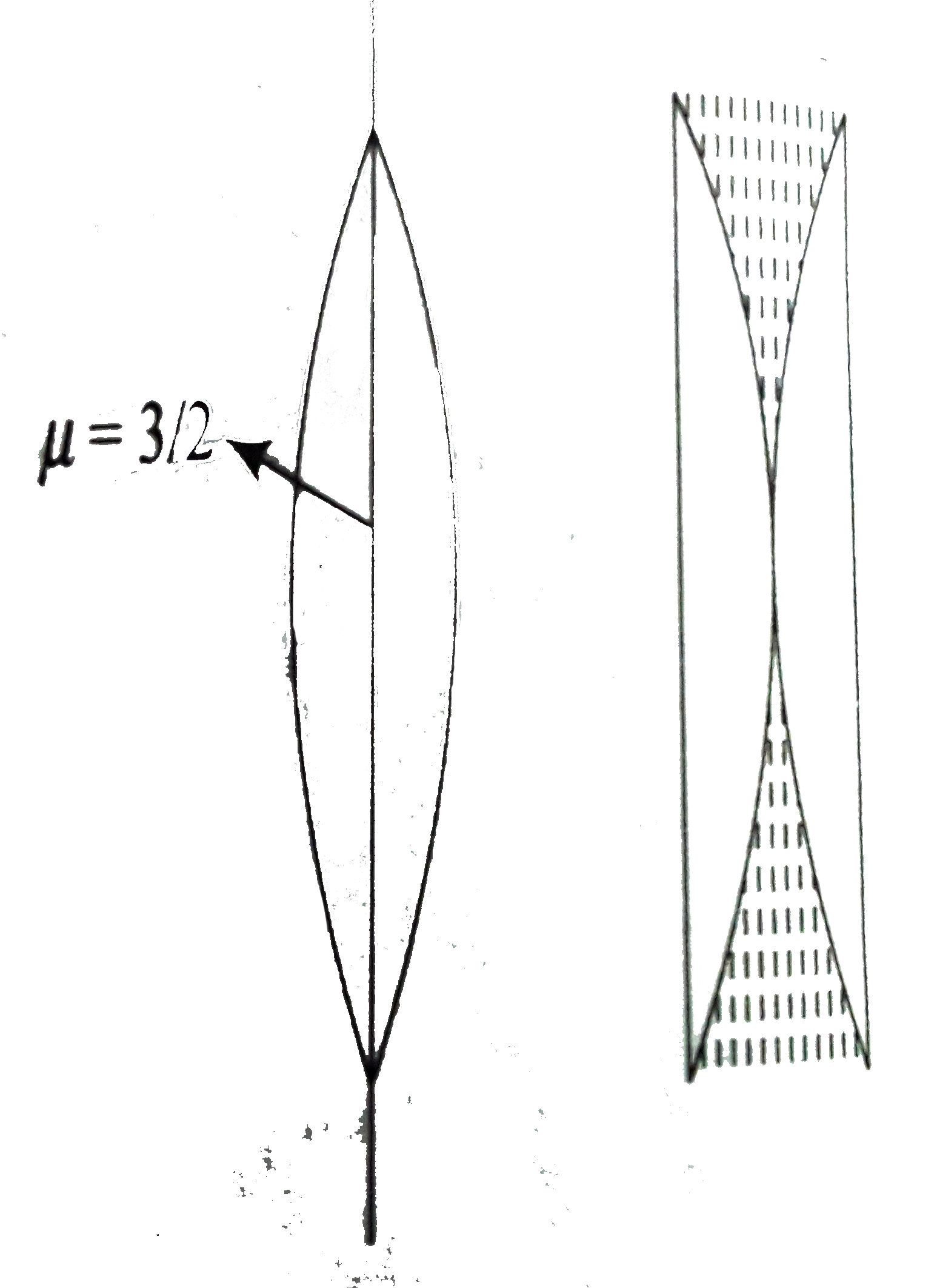

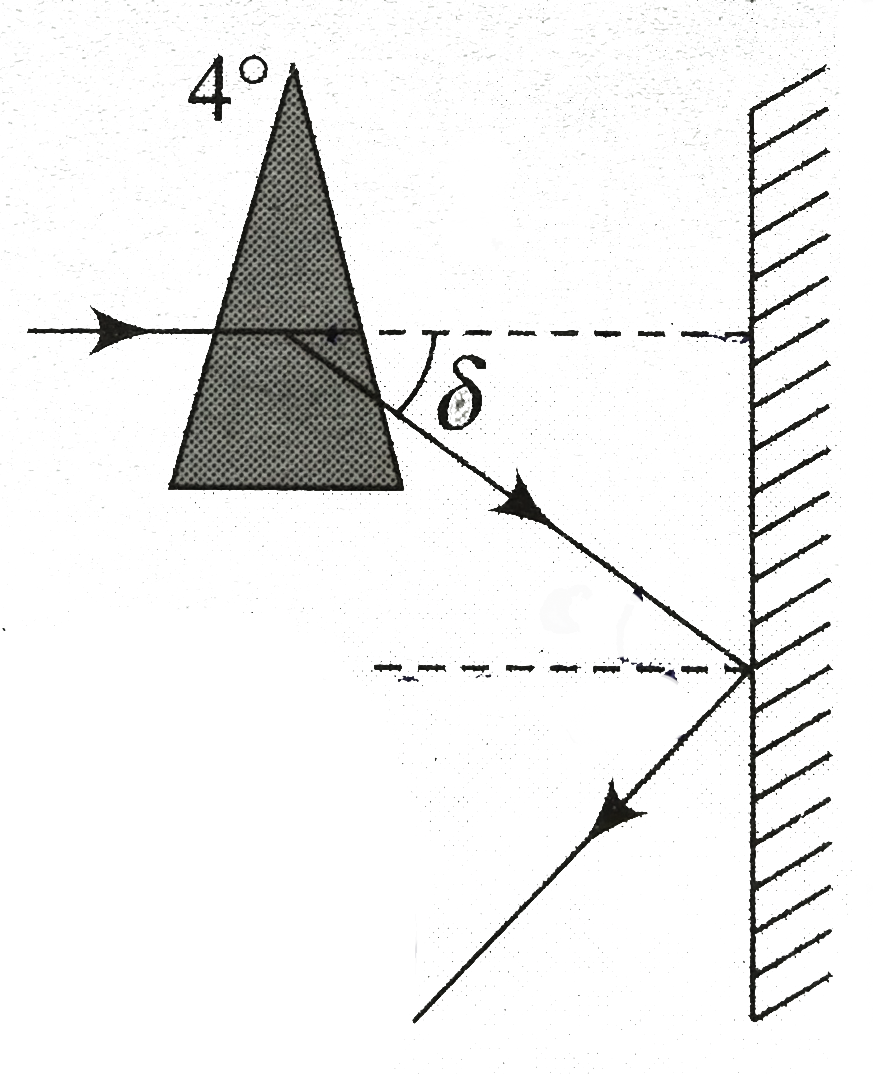



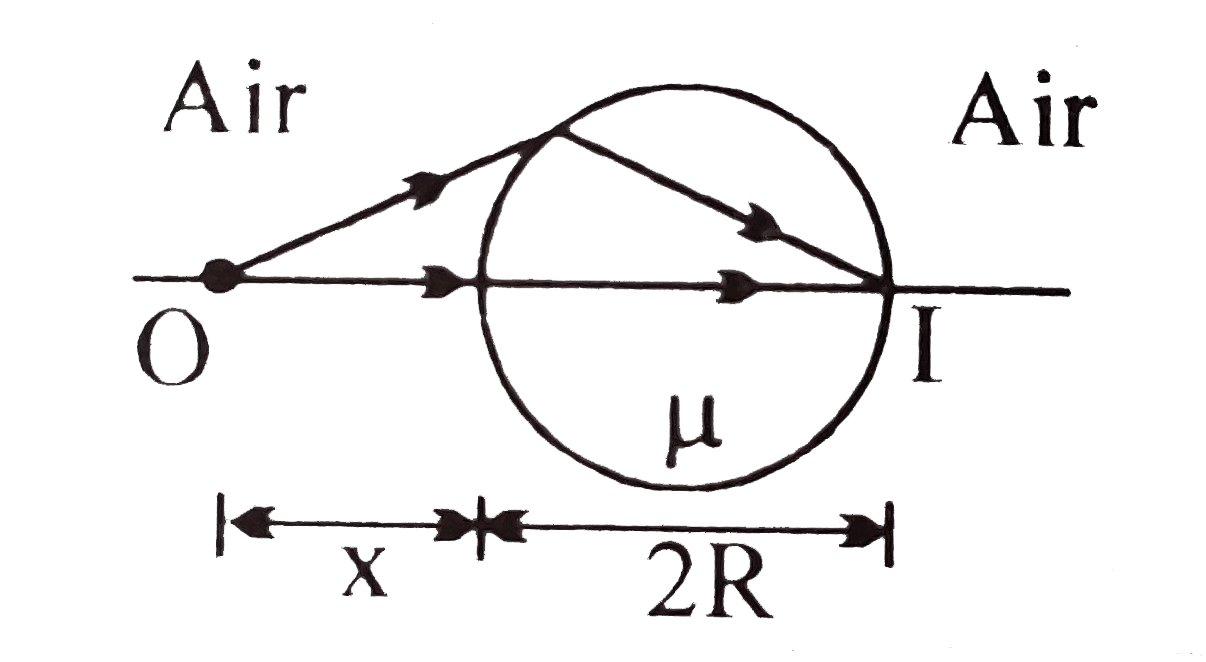
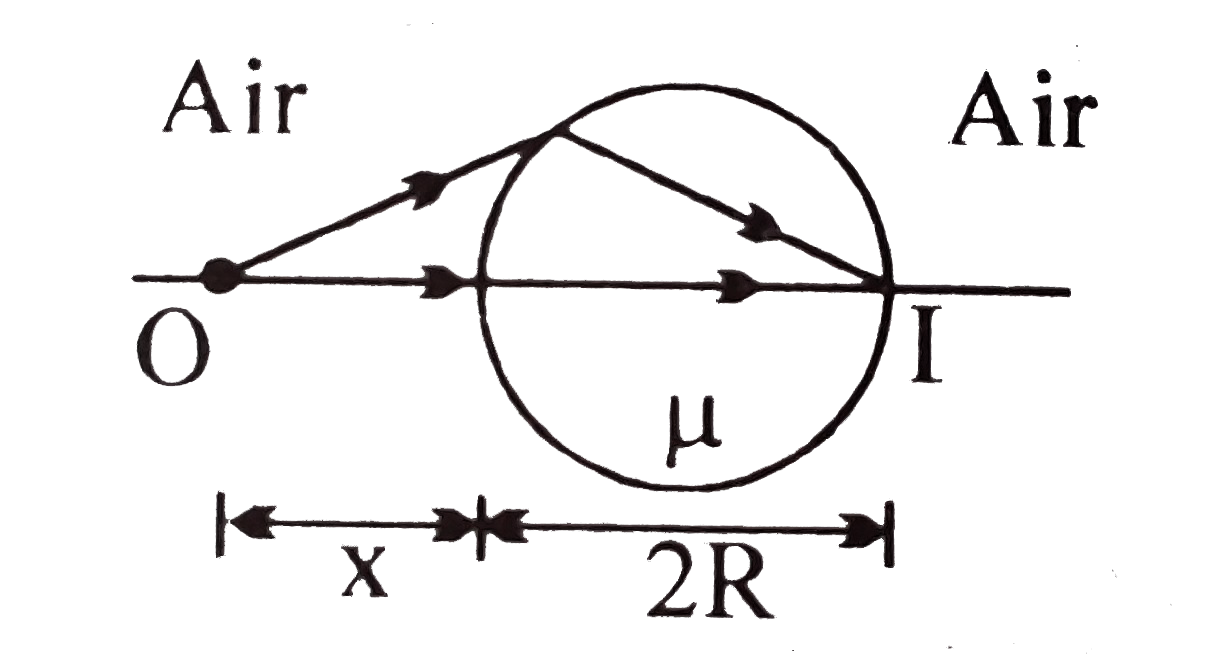 If
If 







